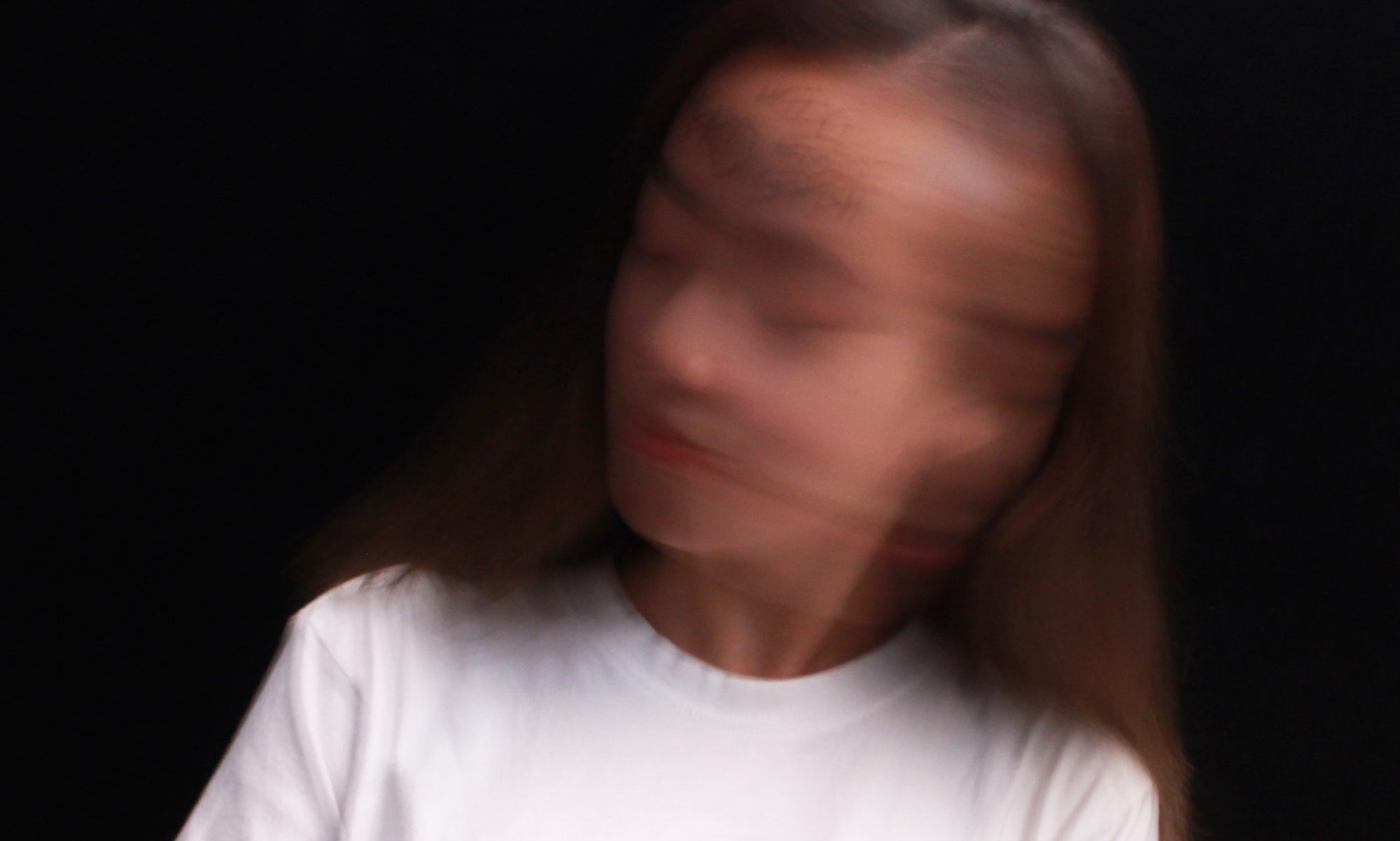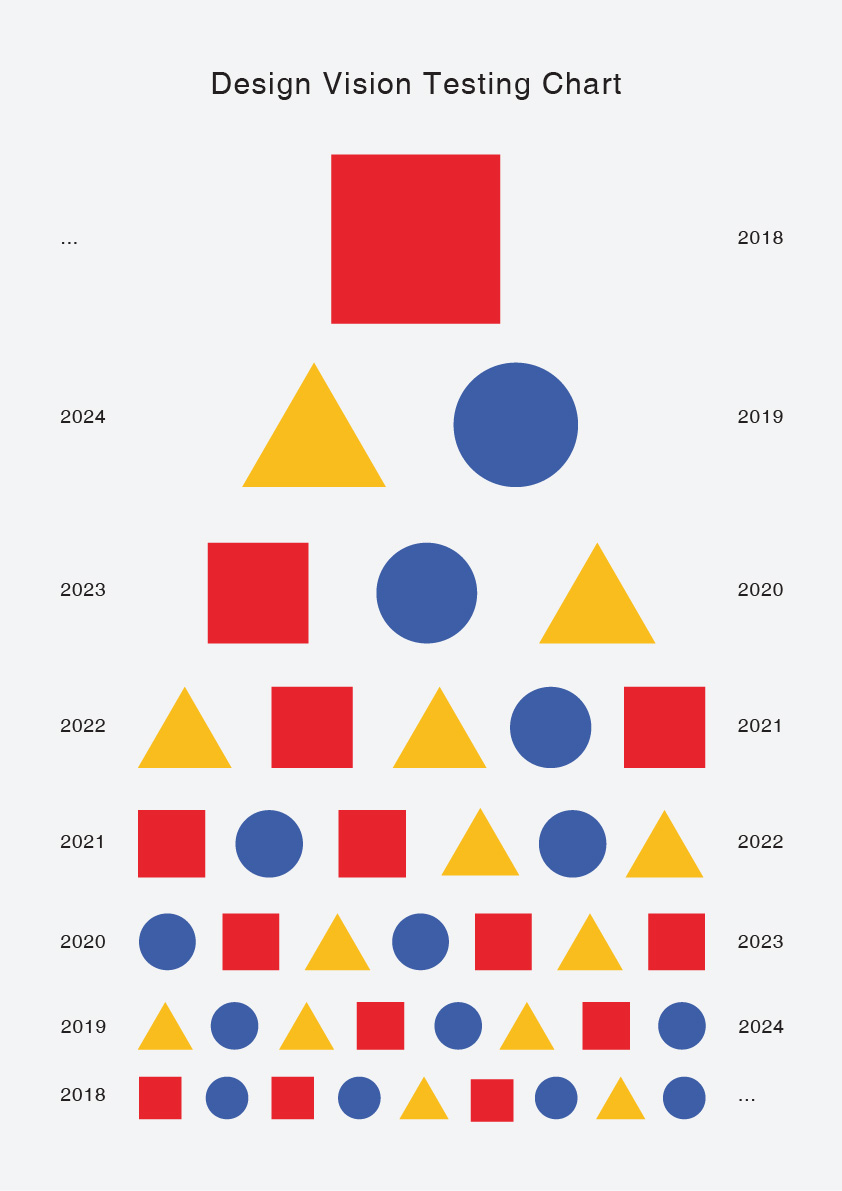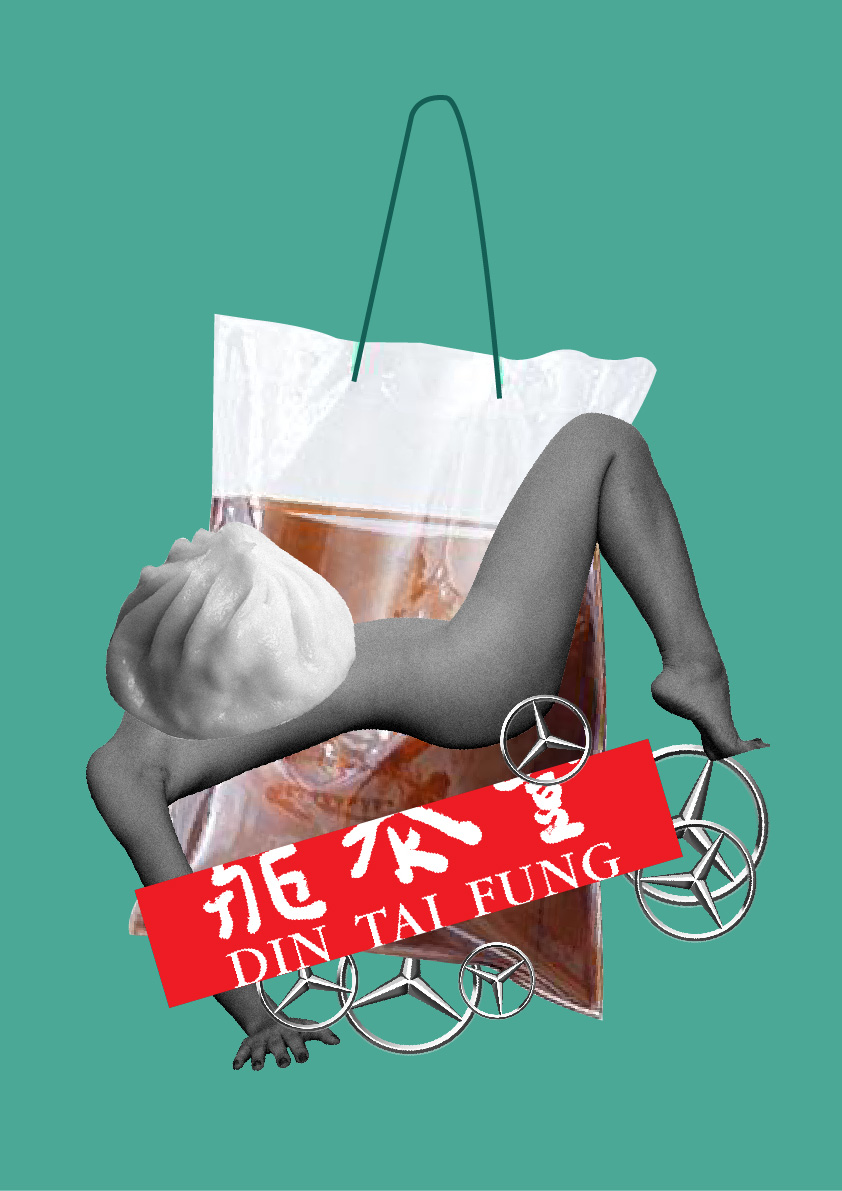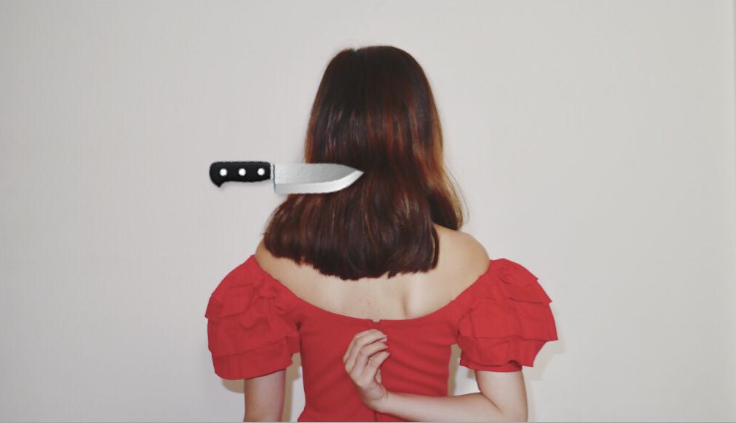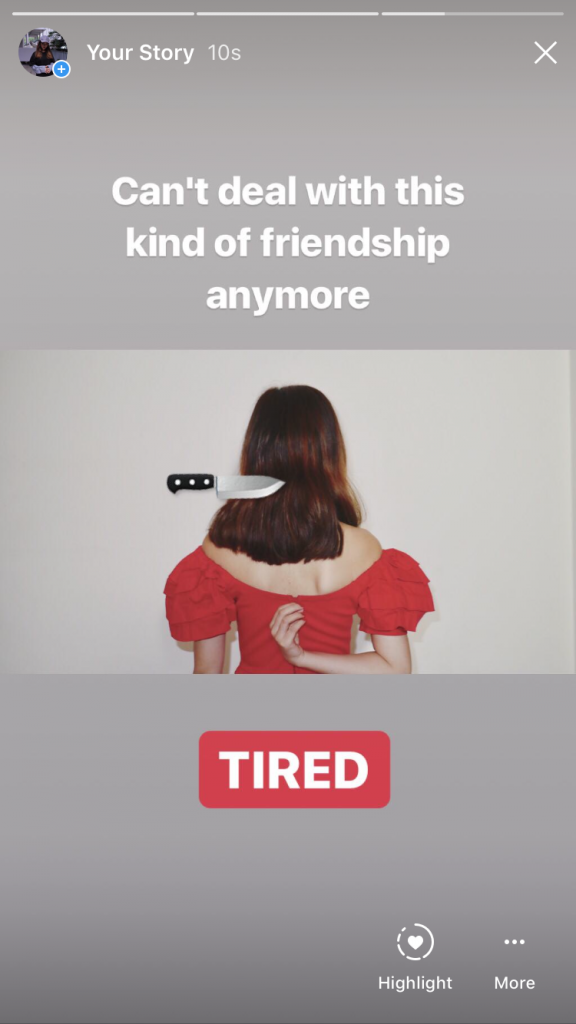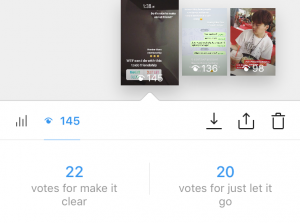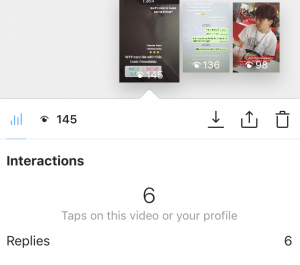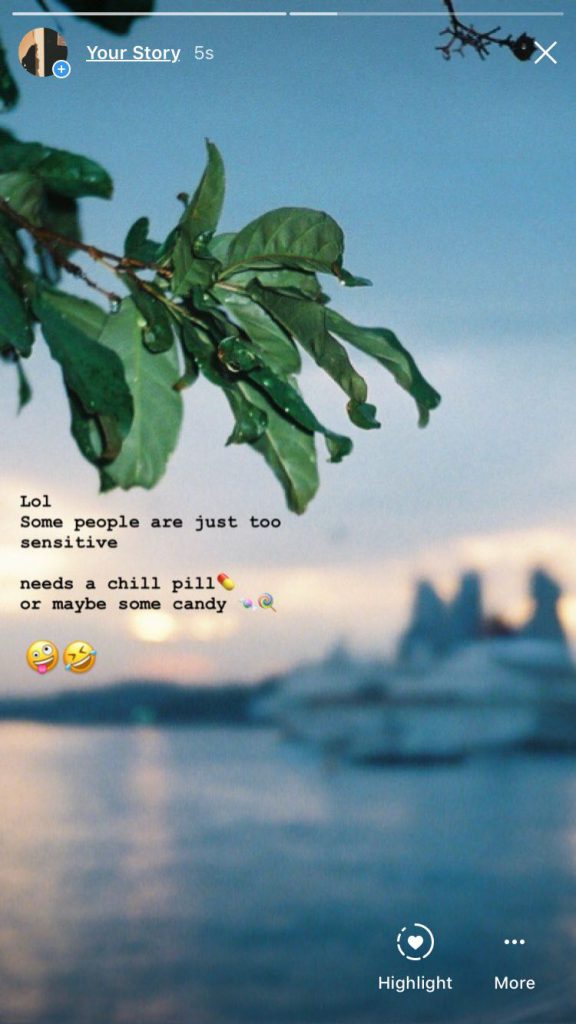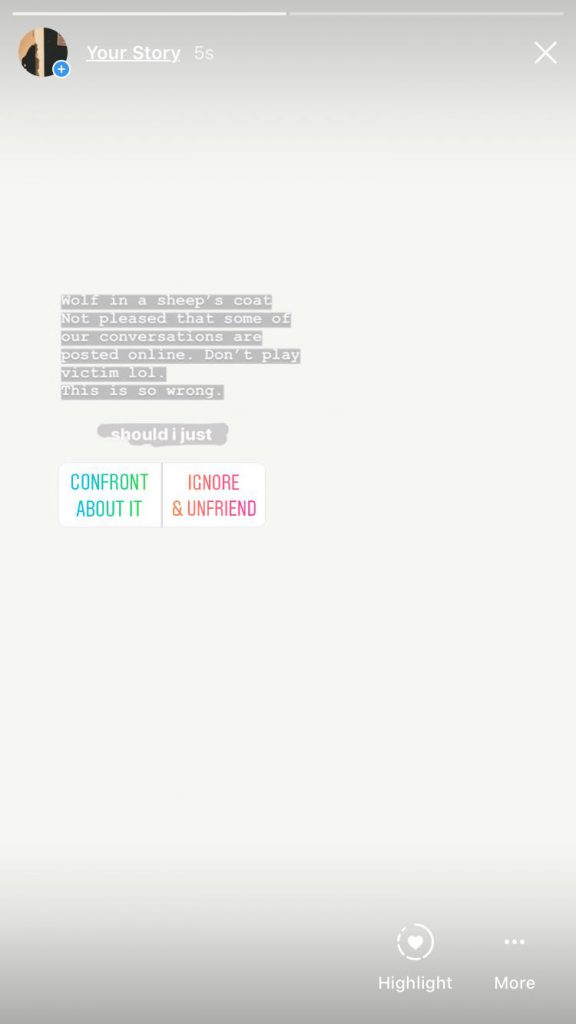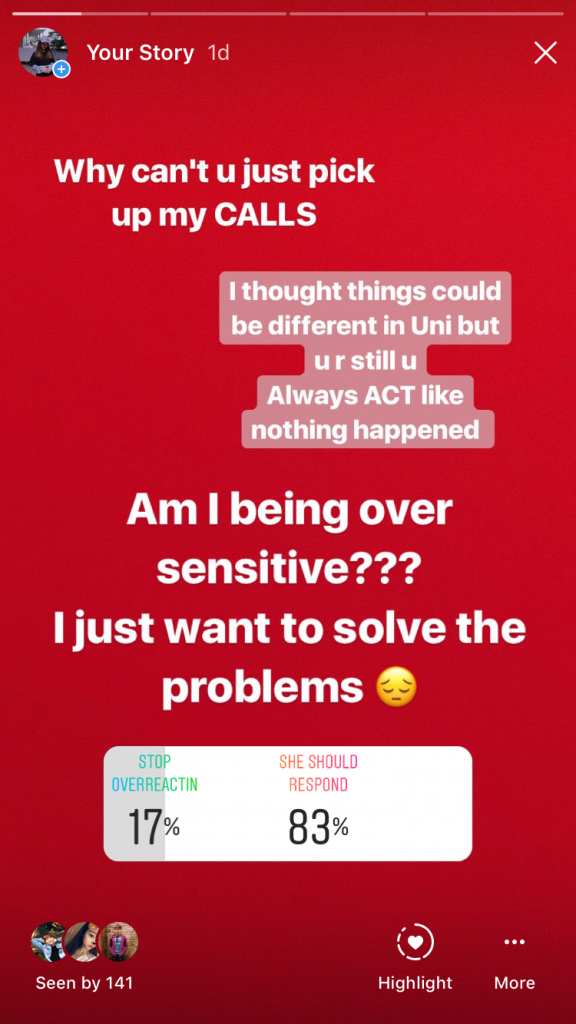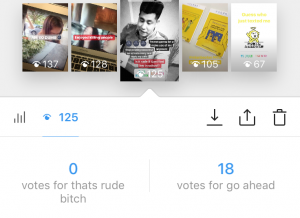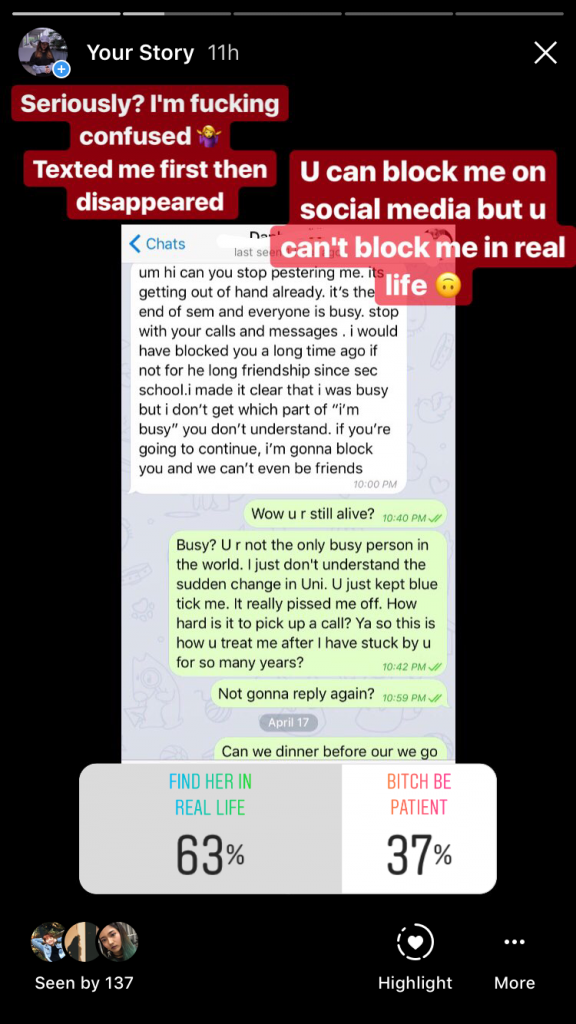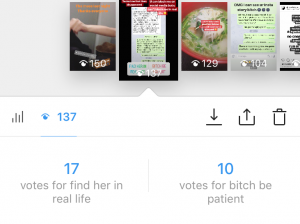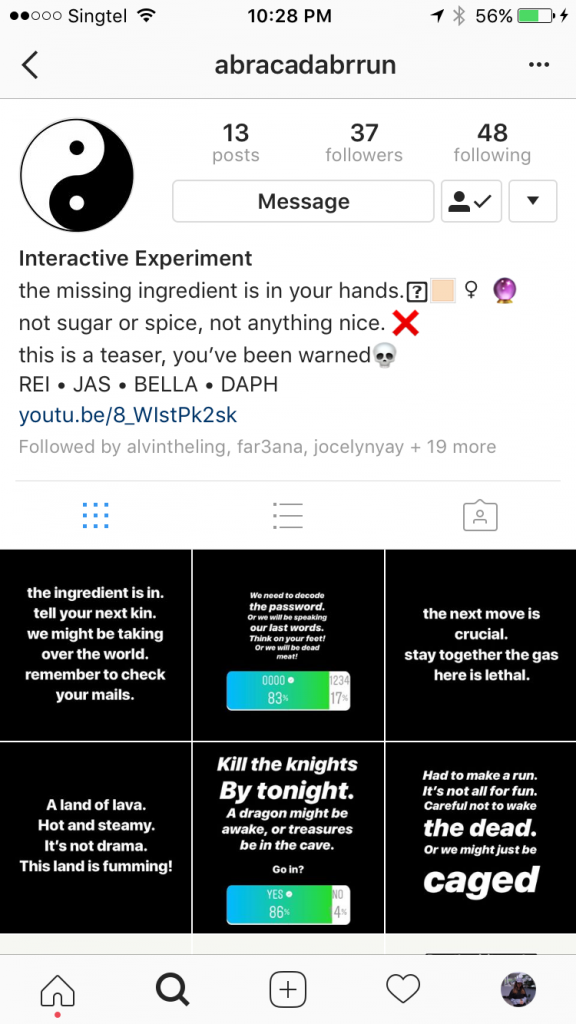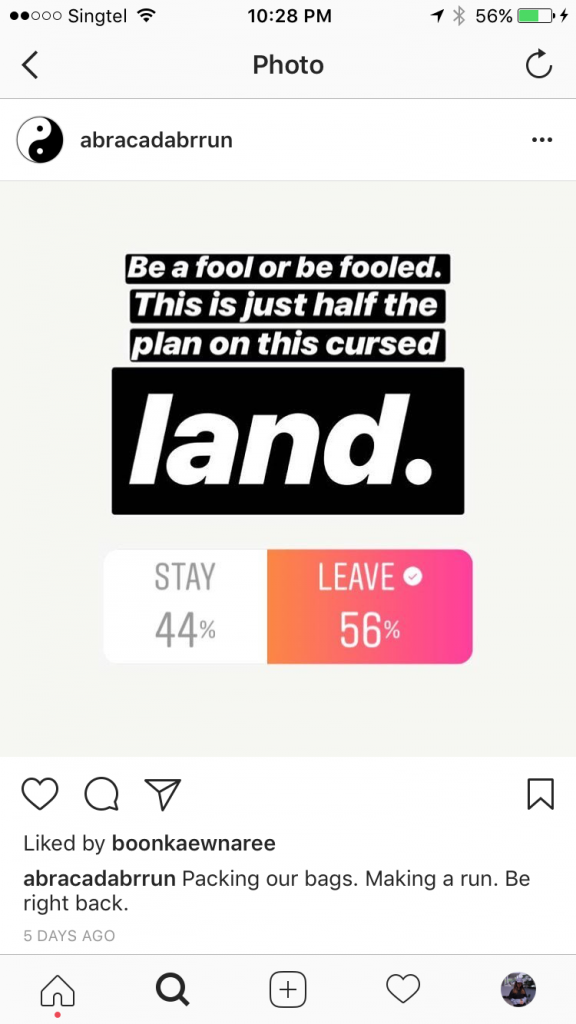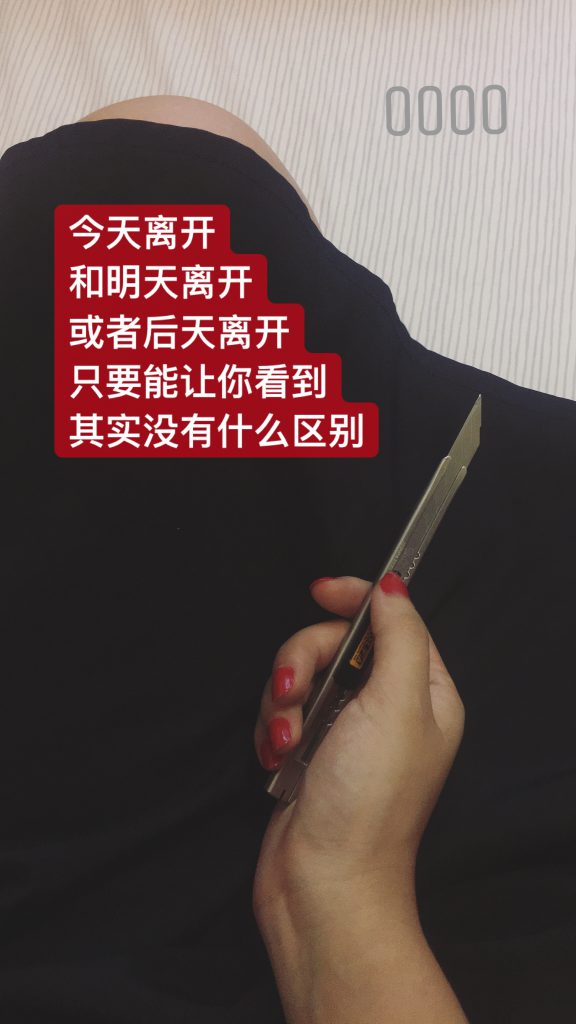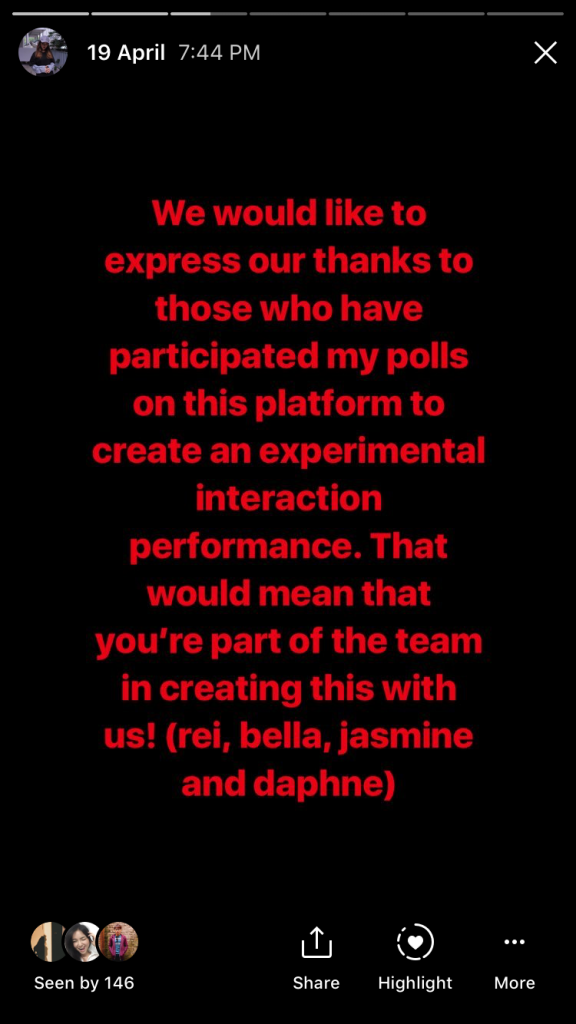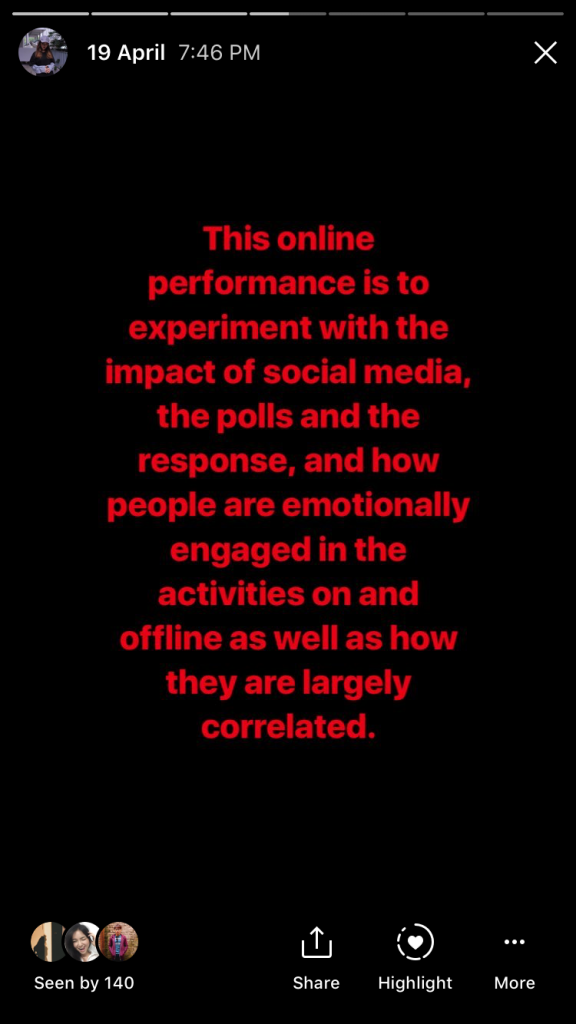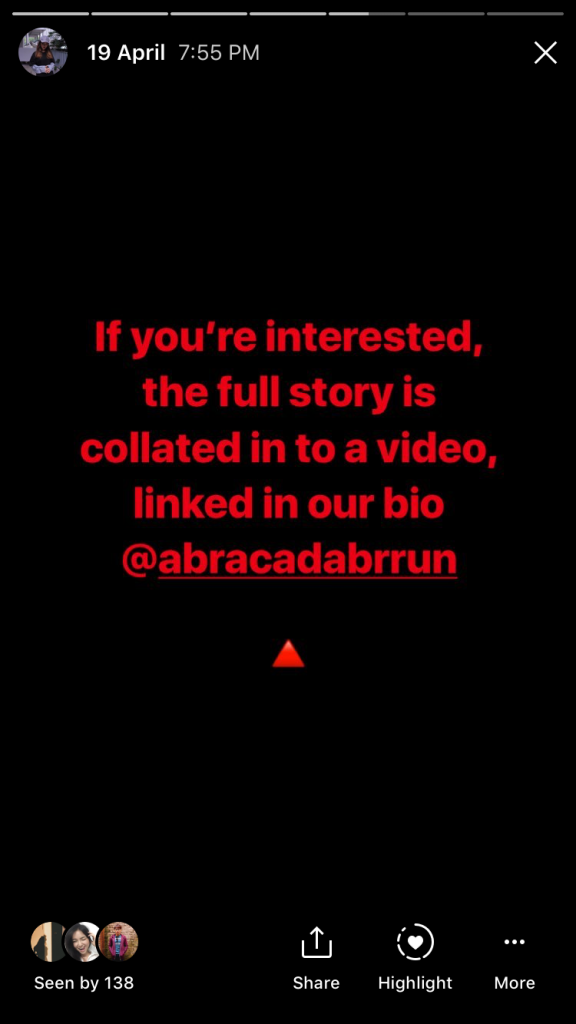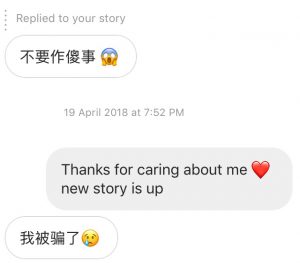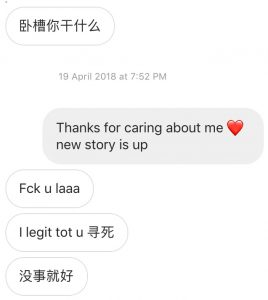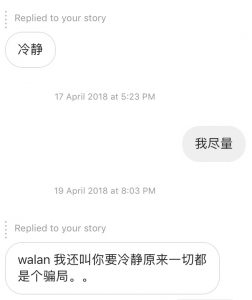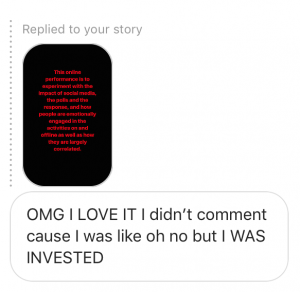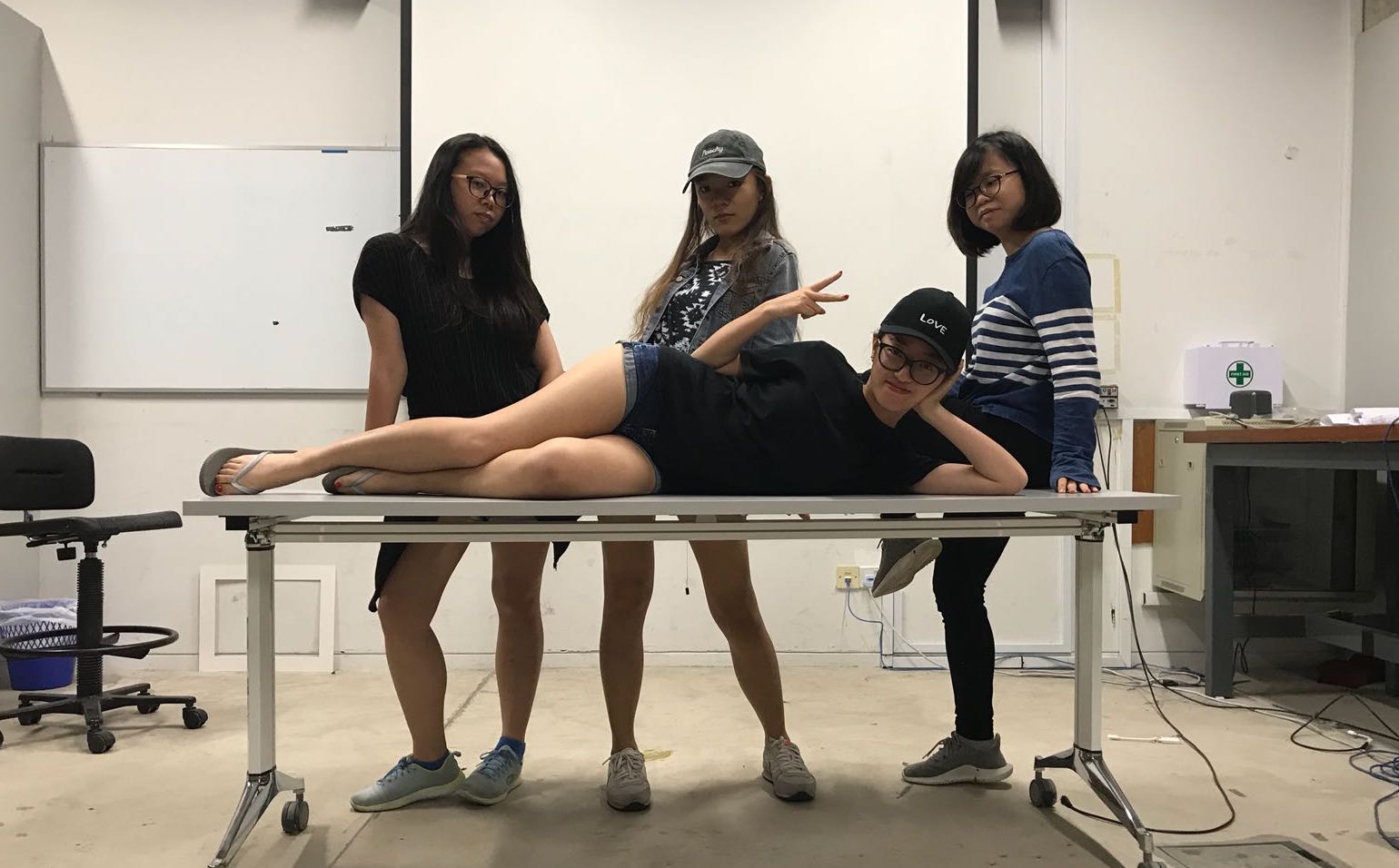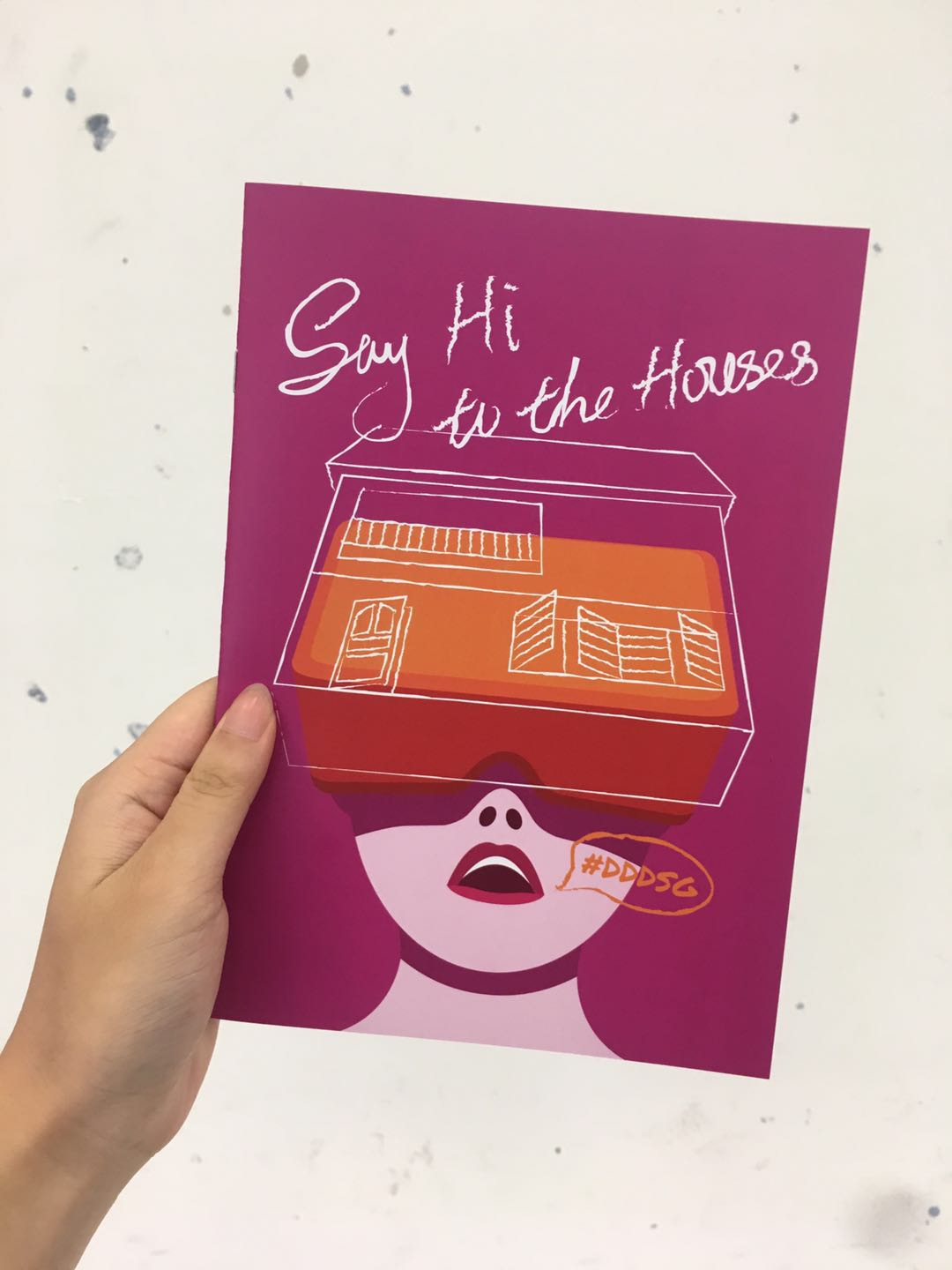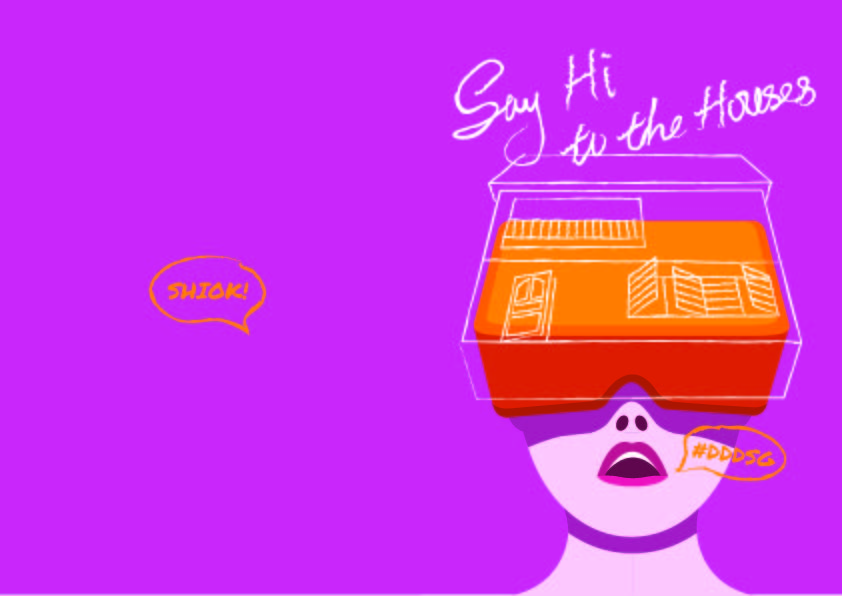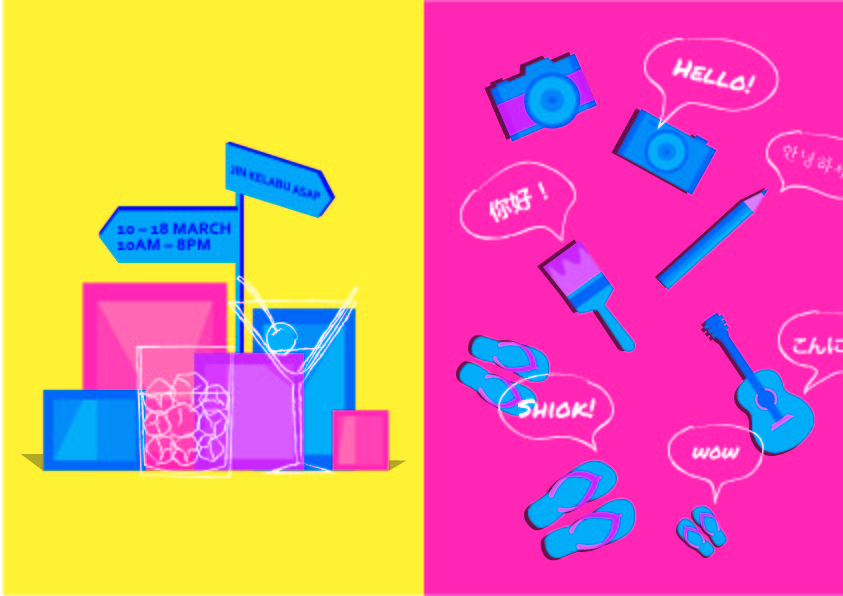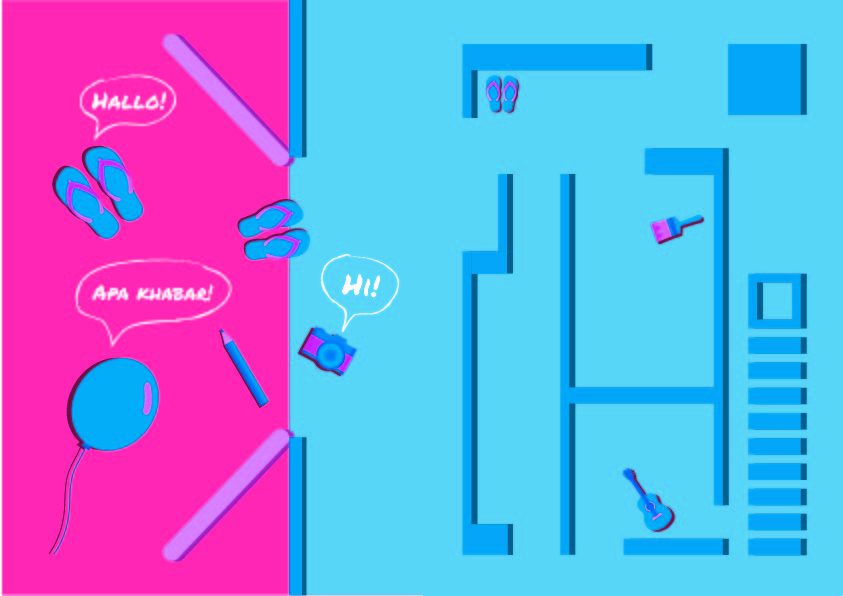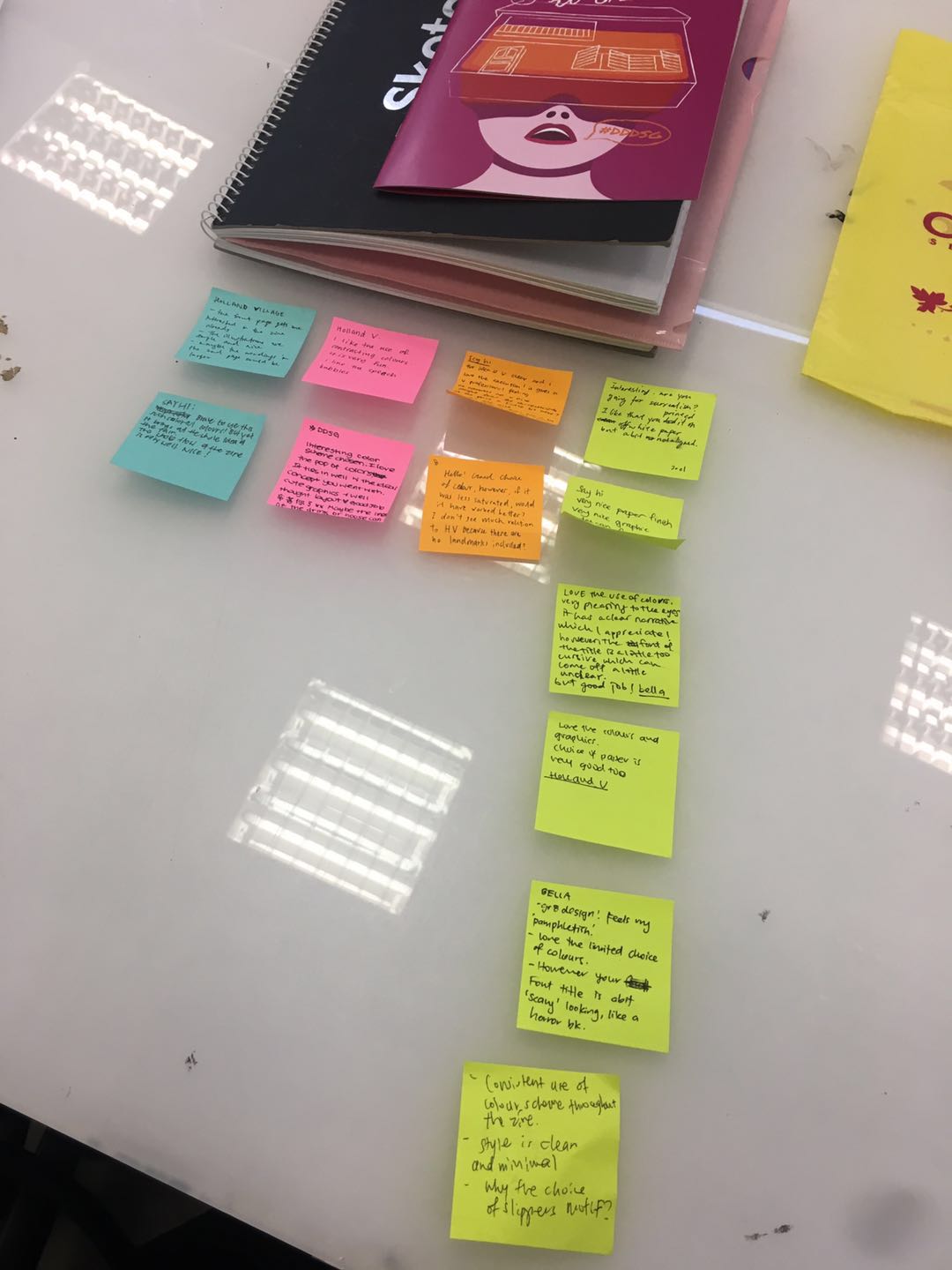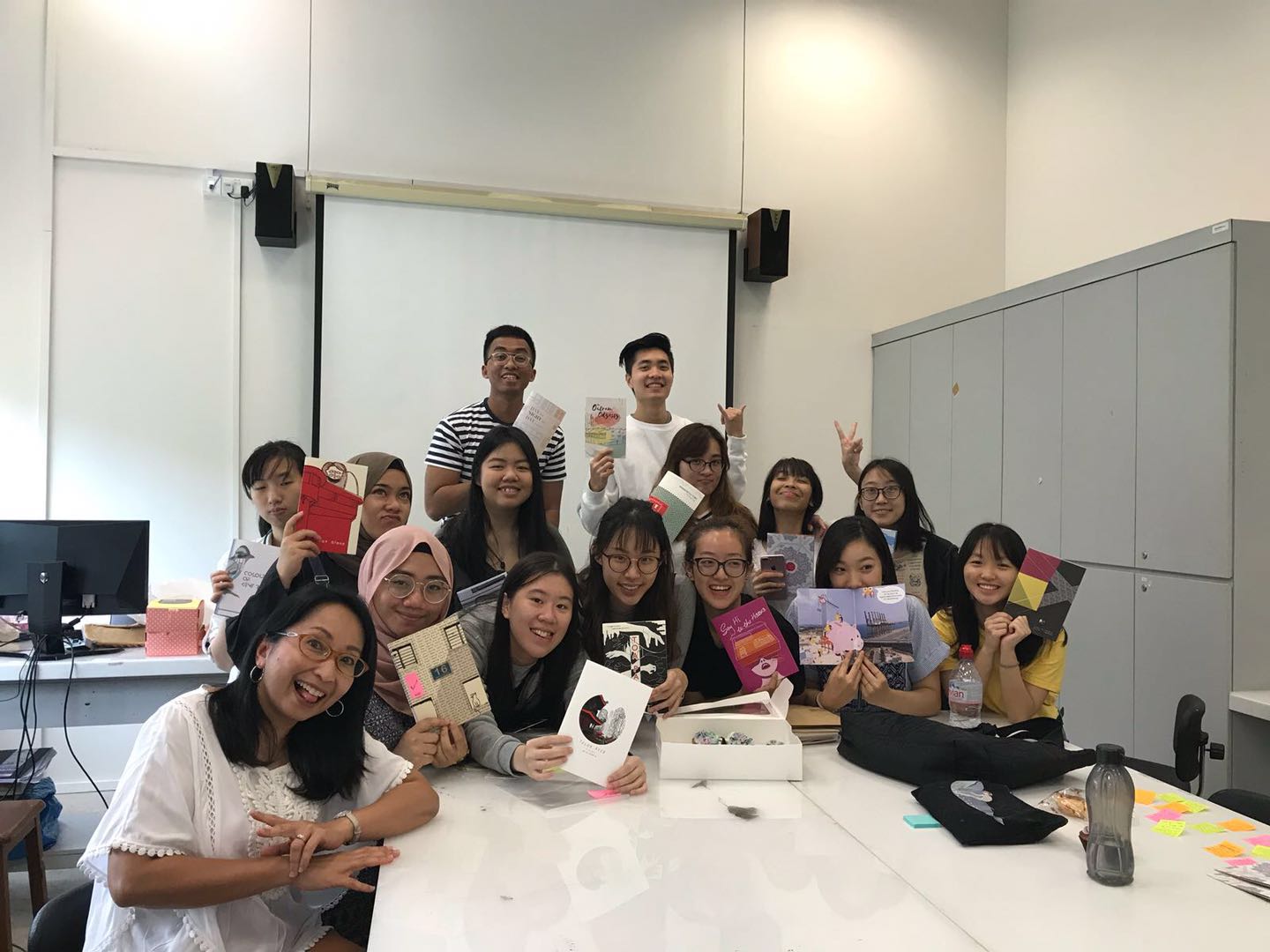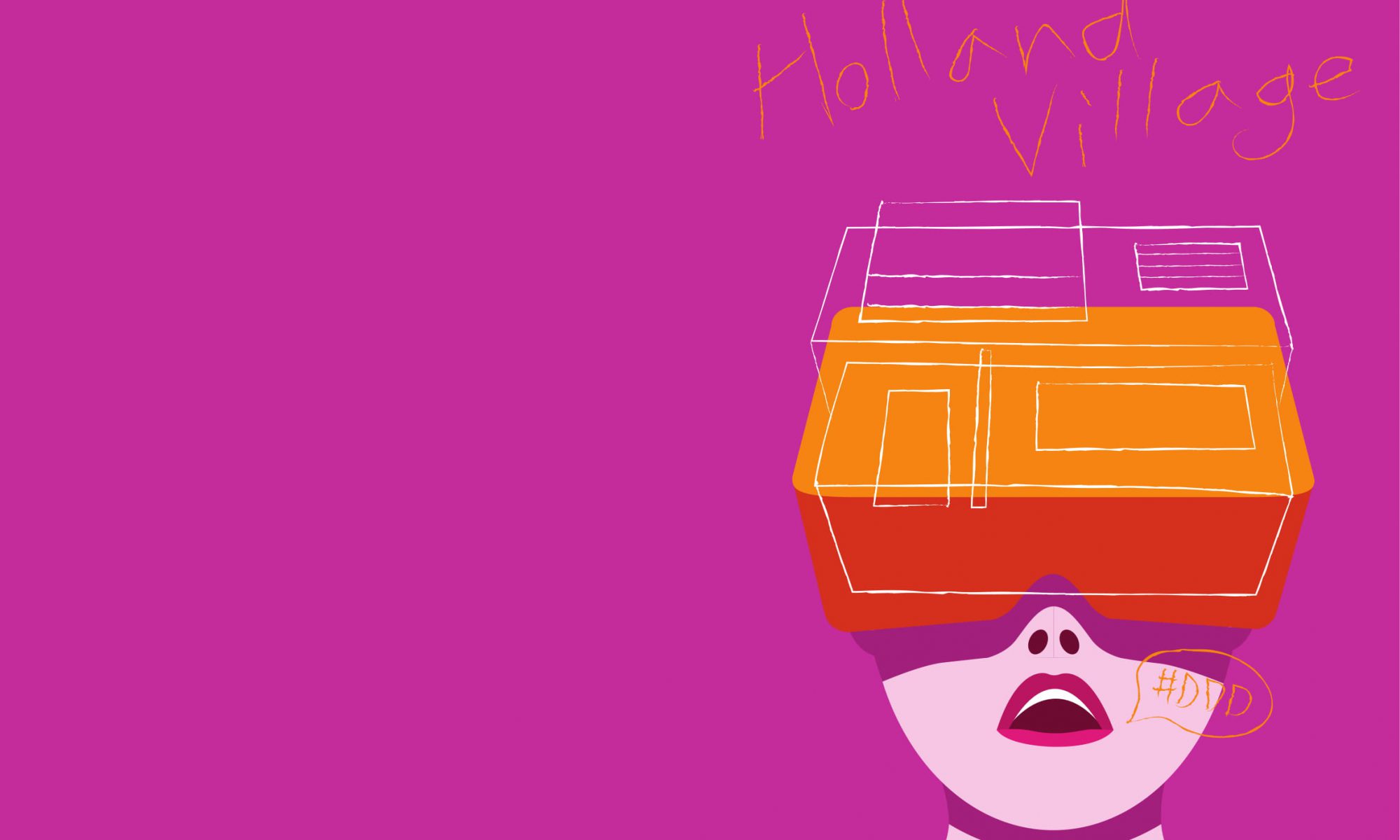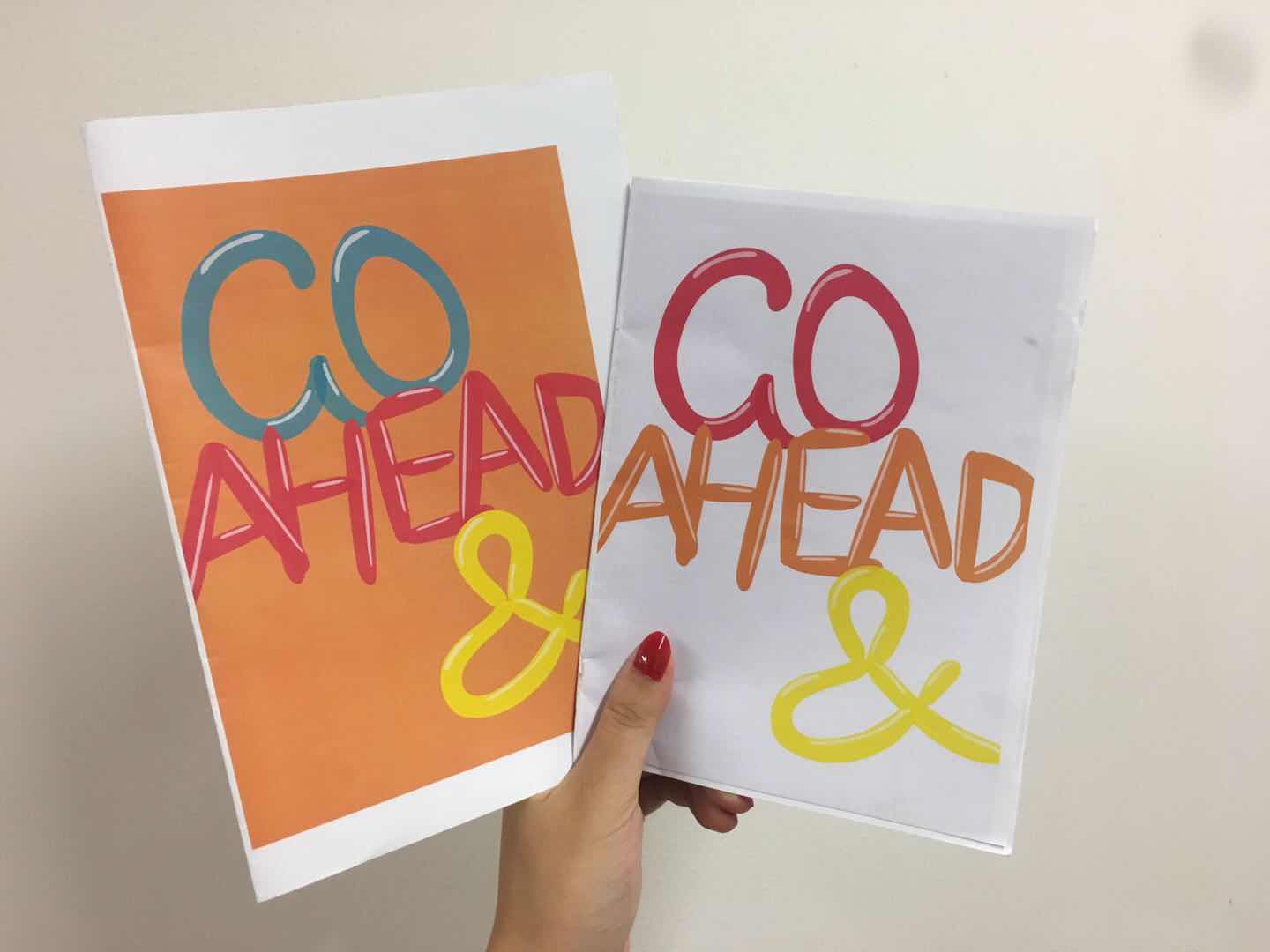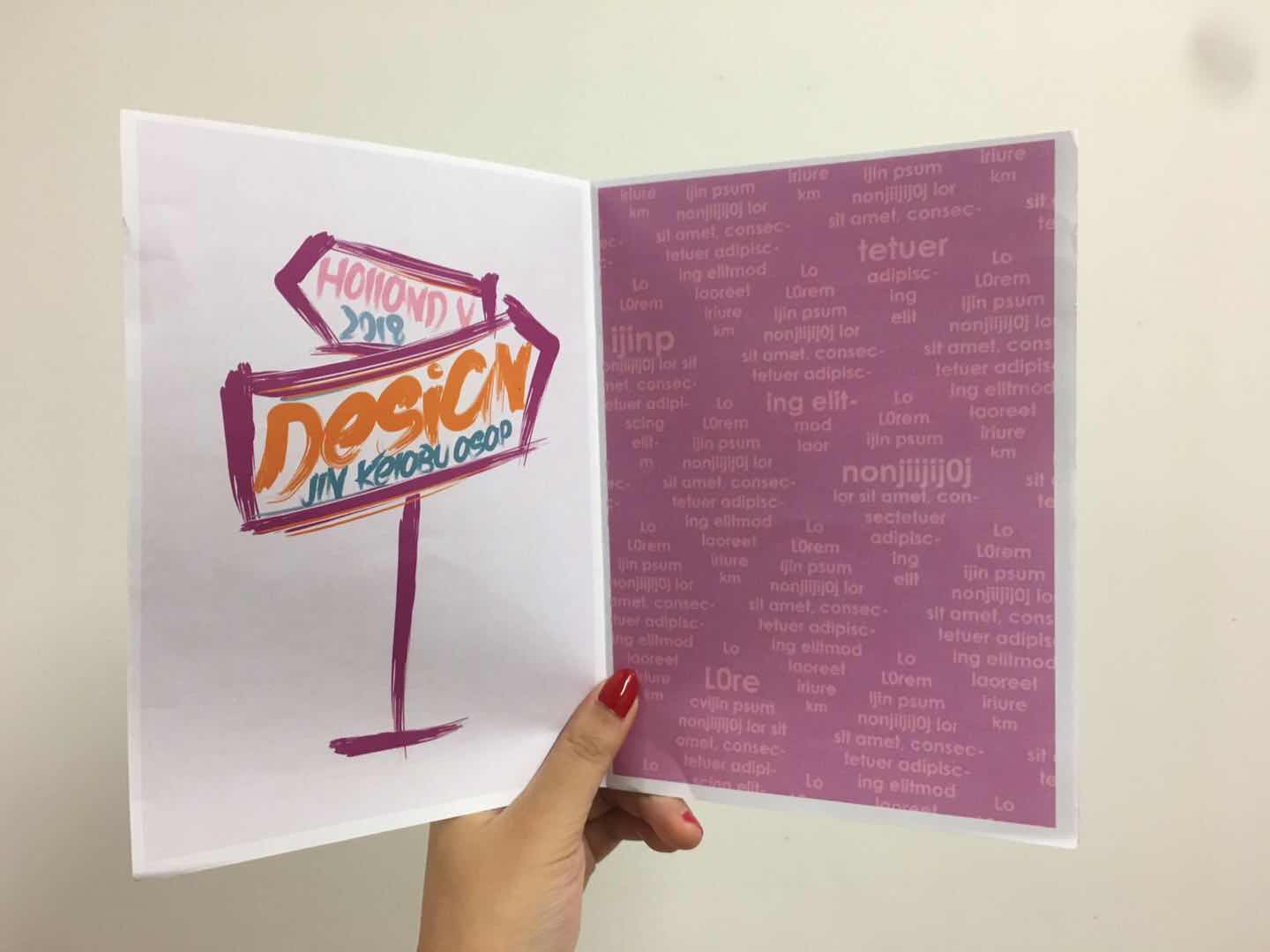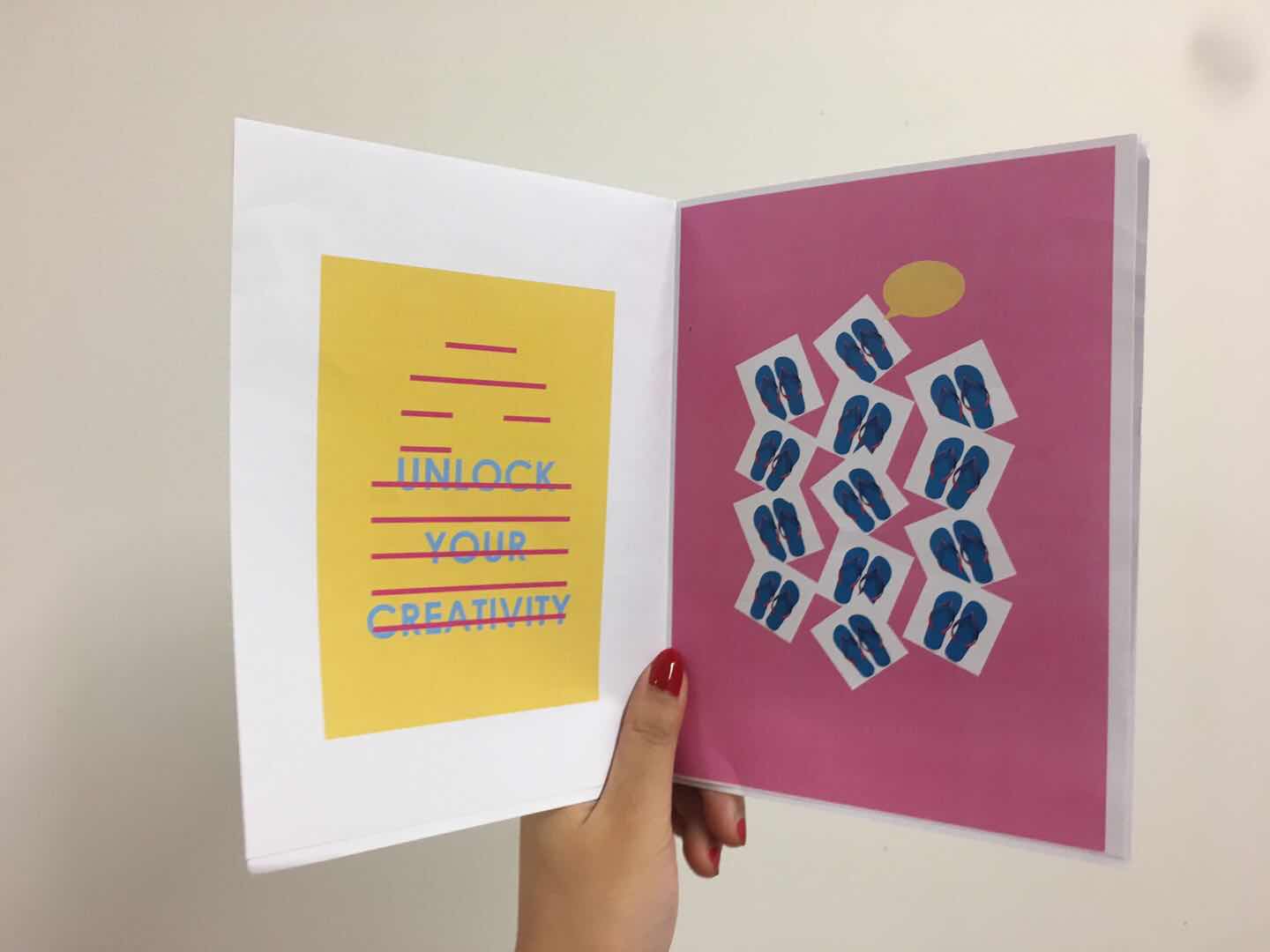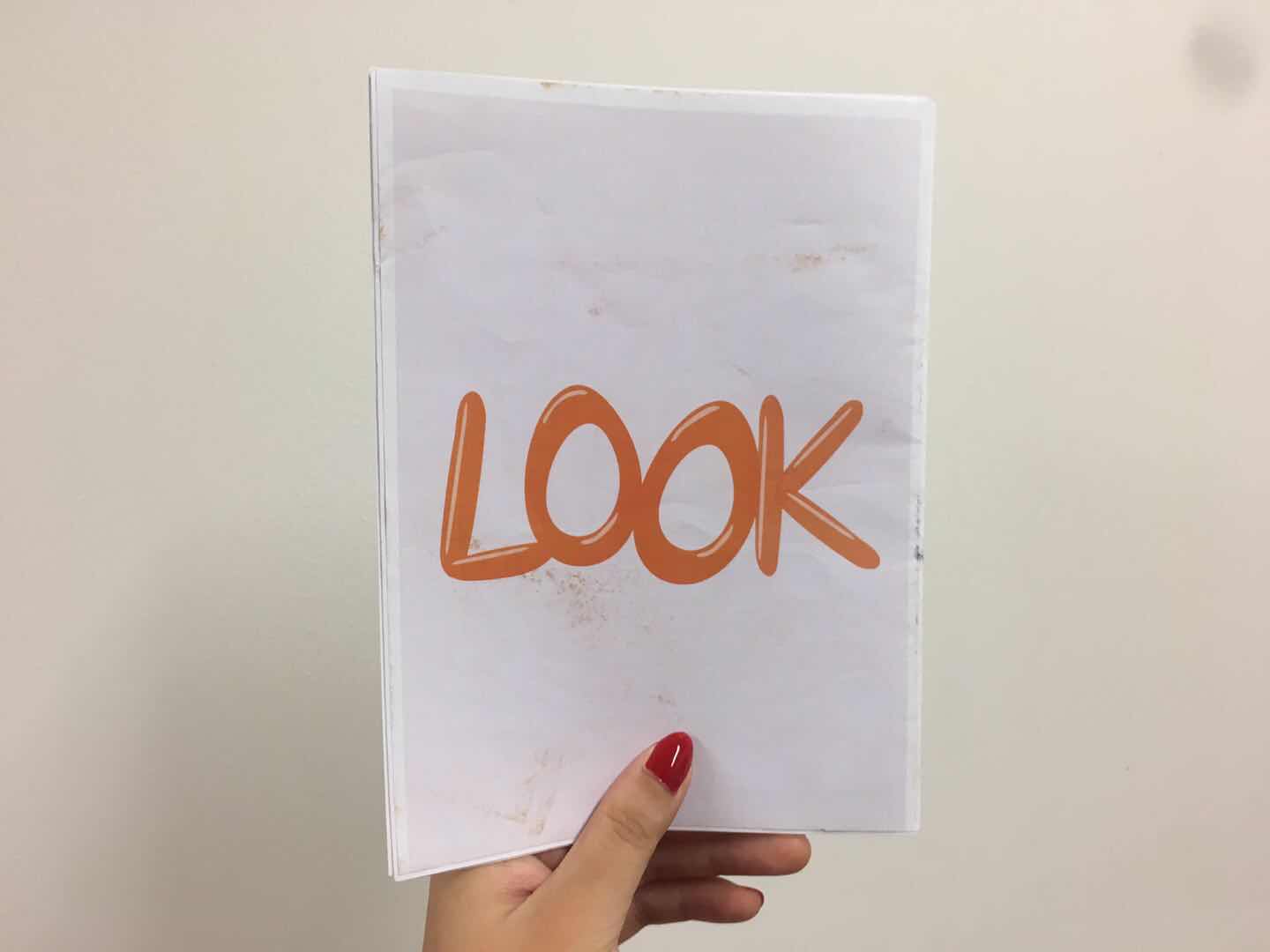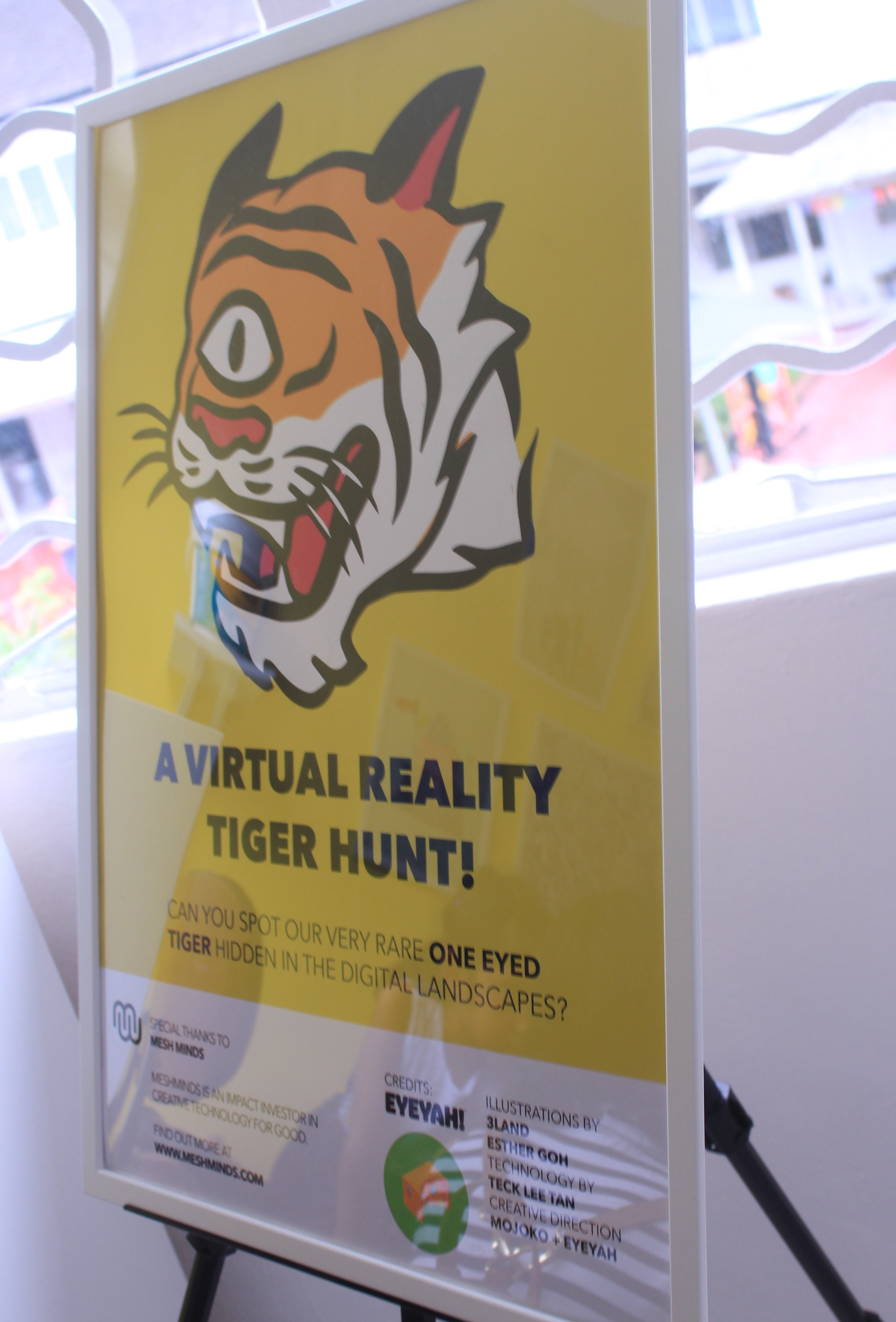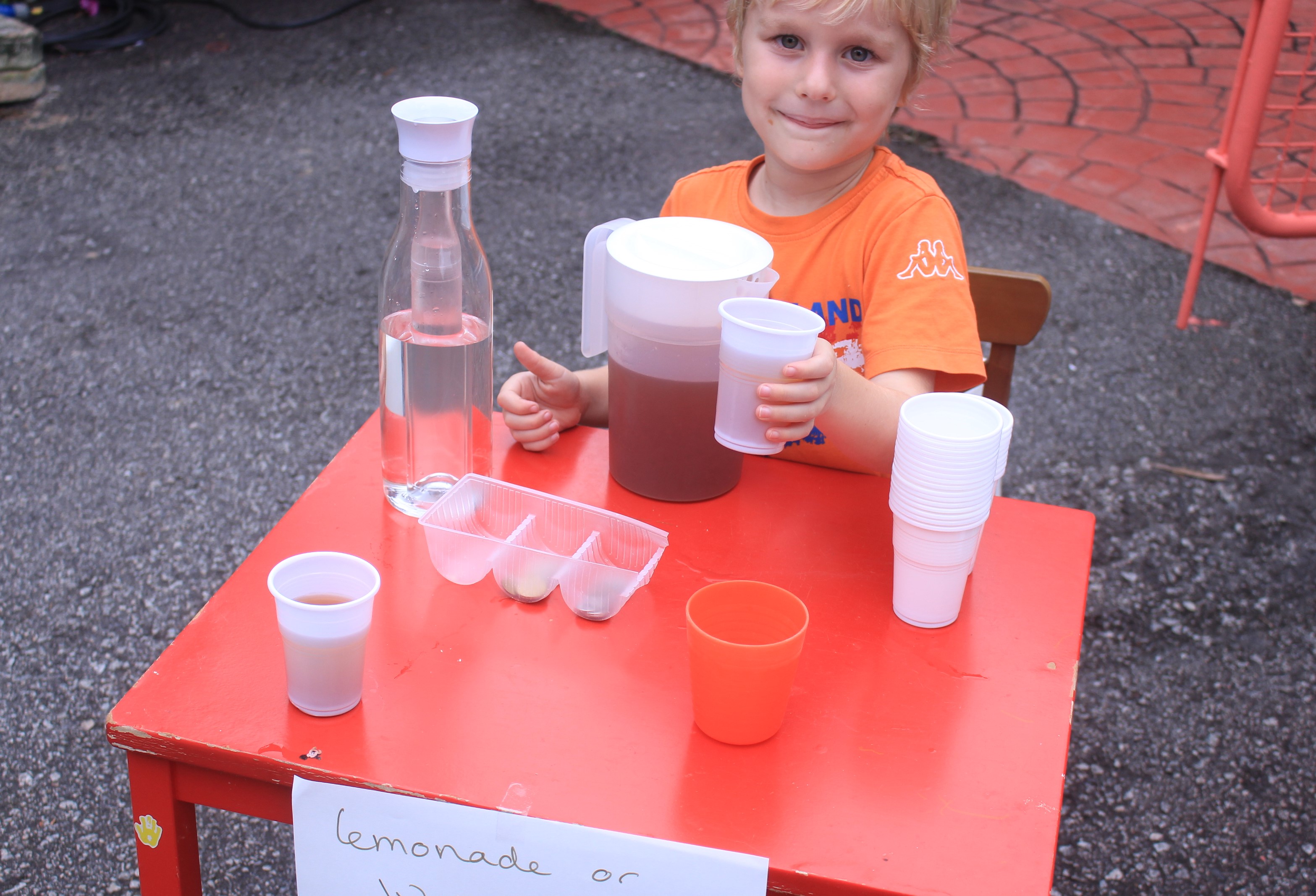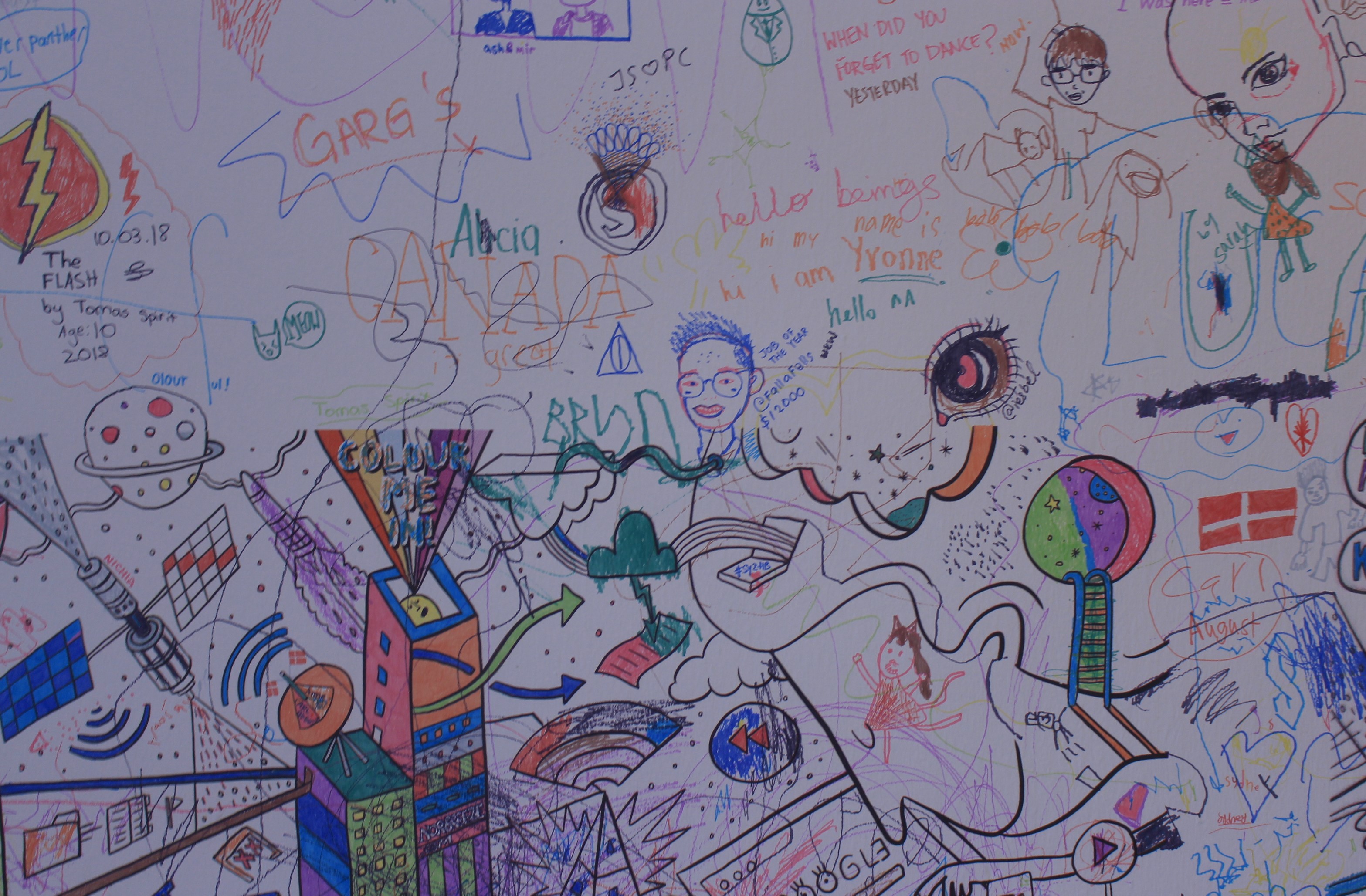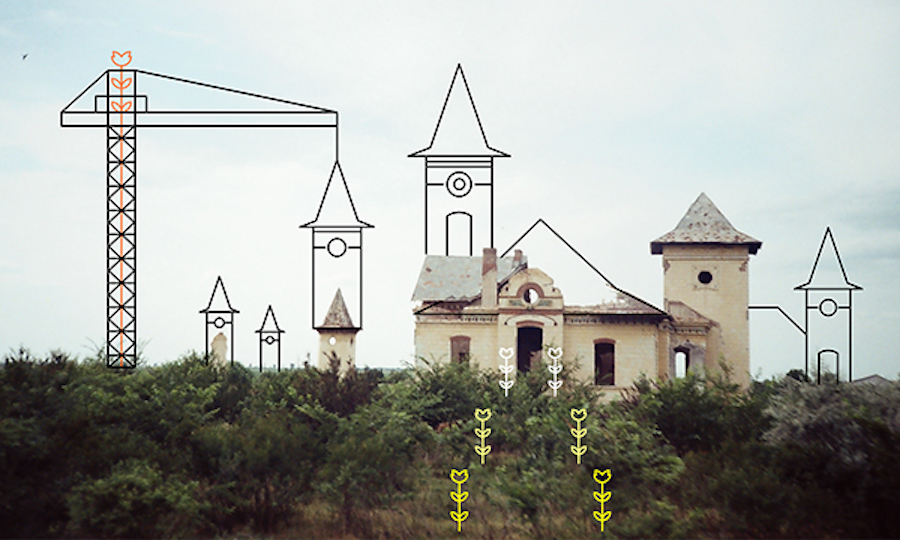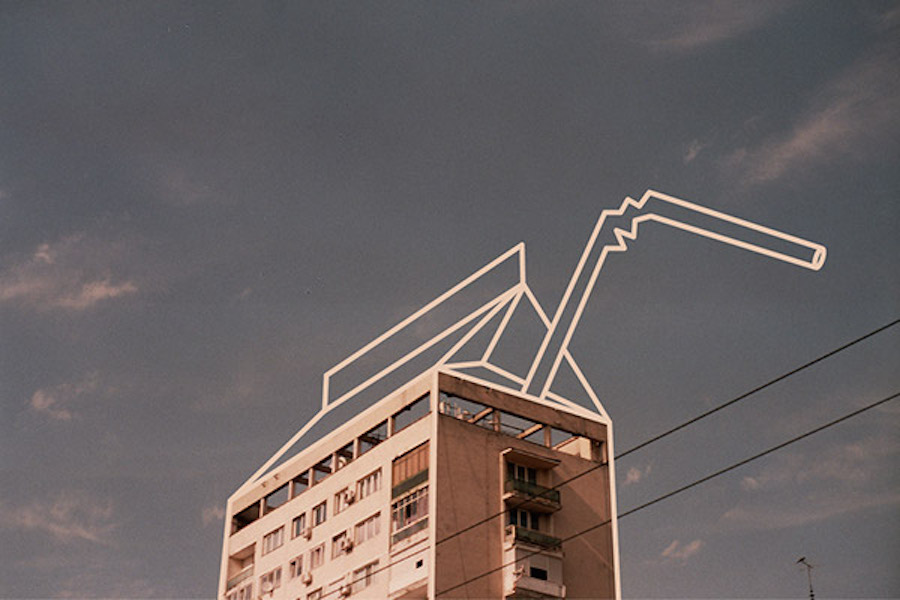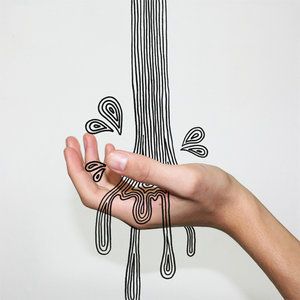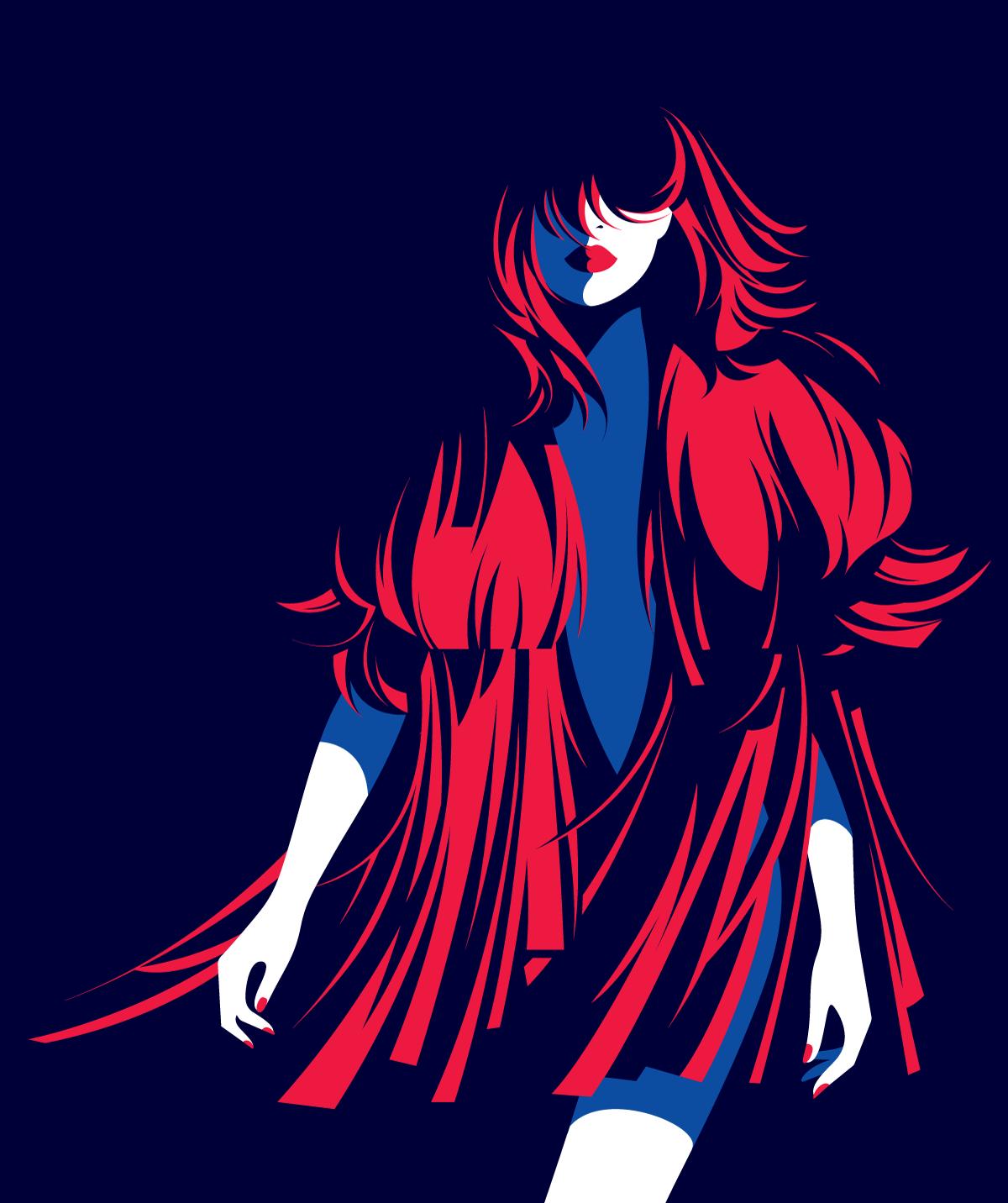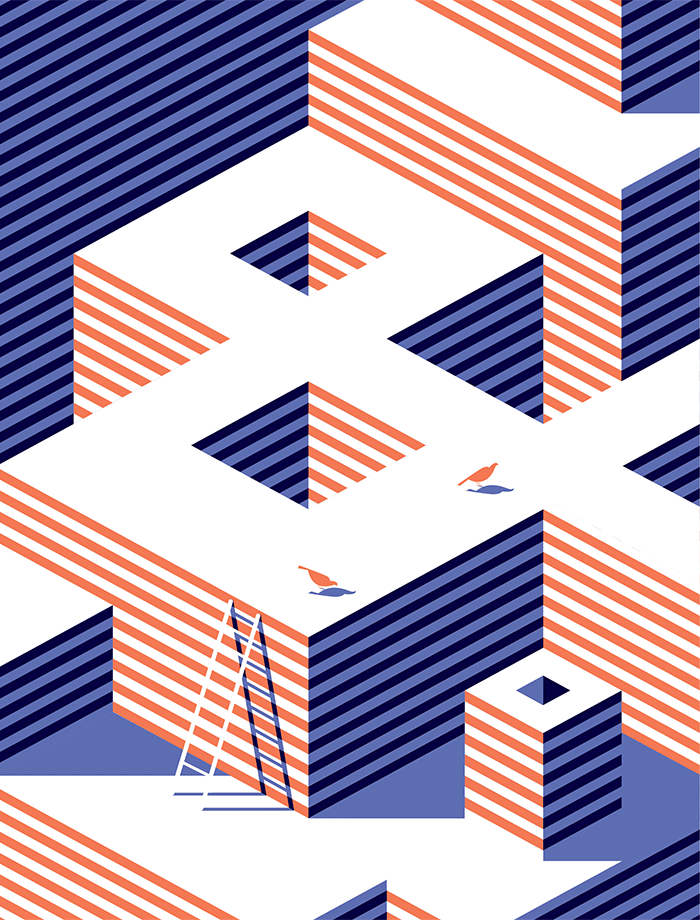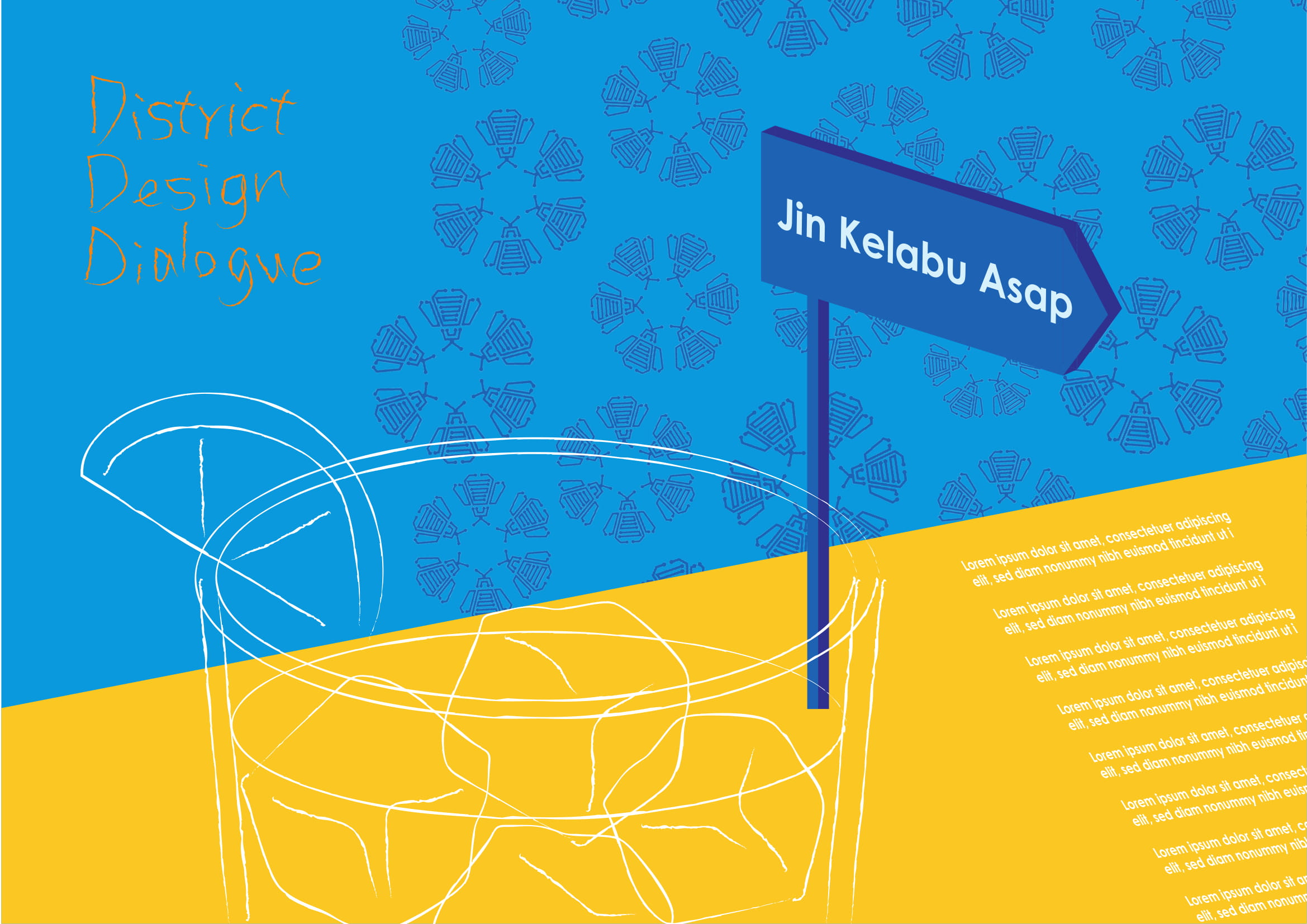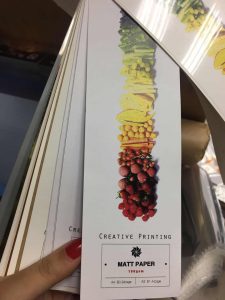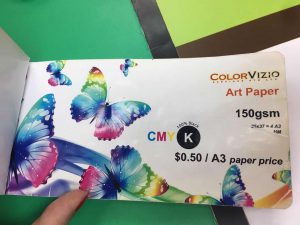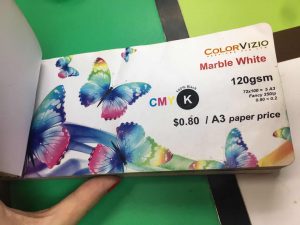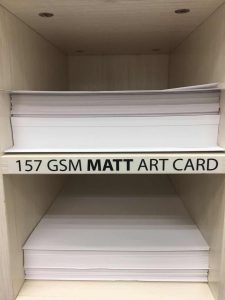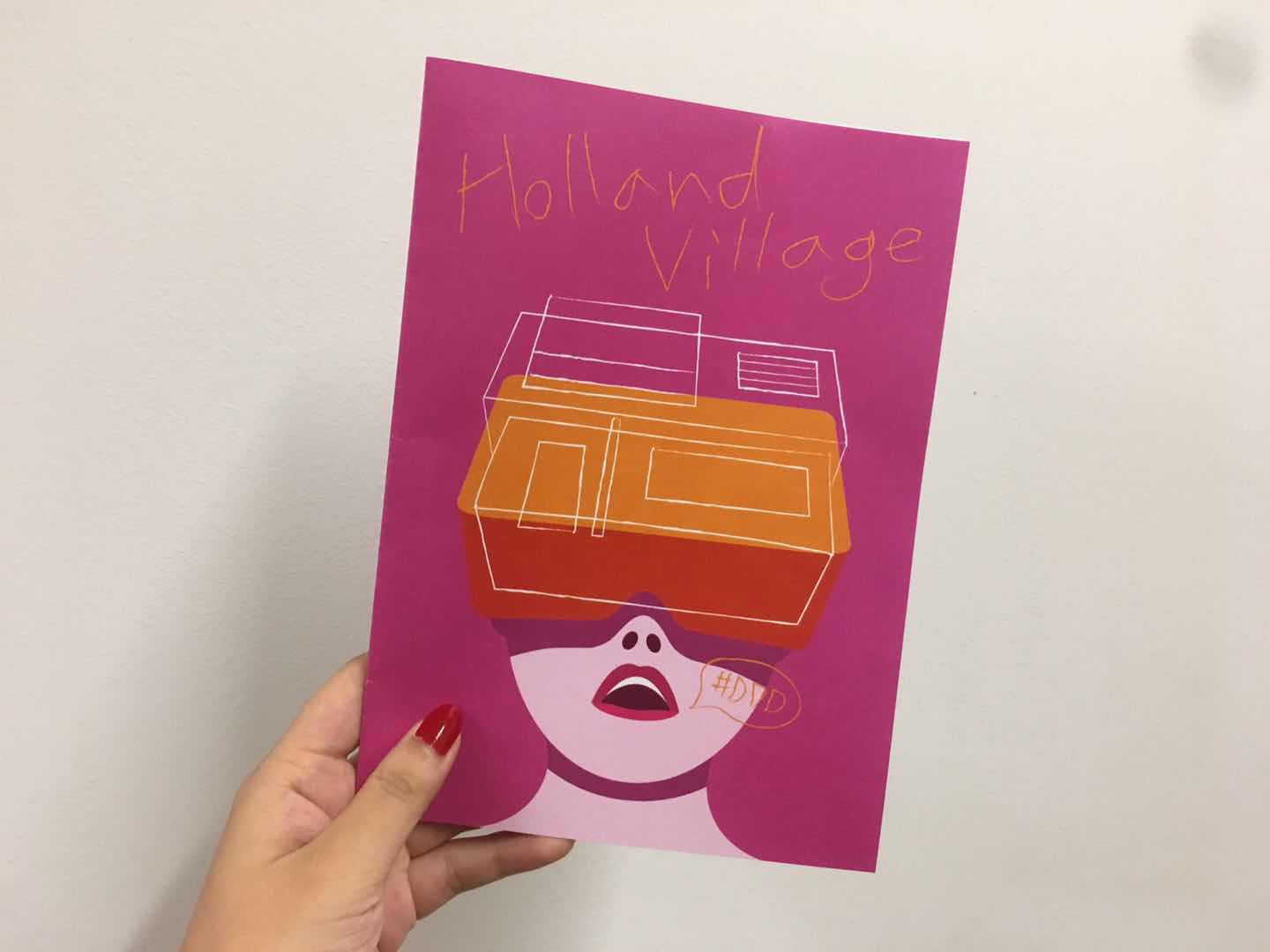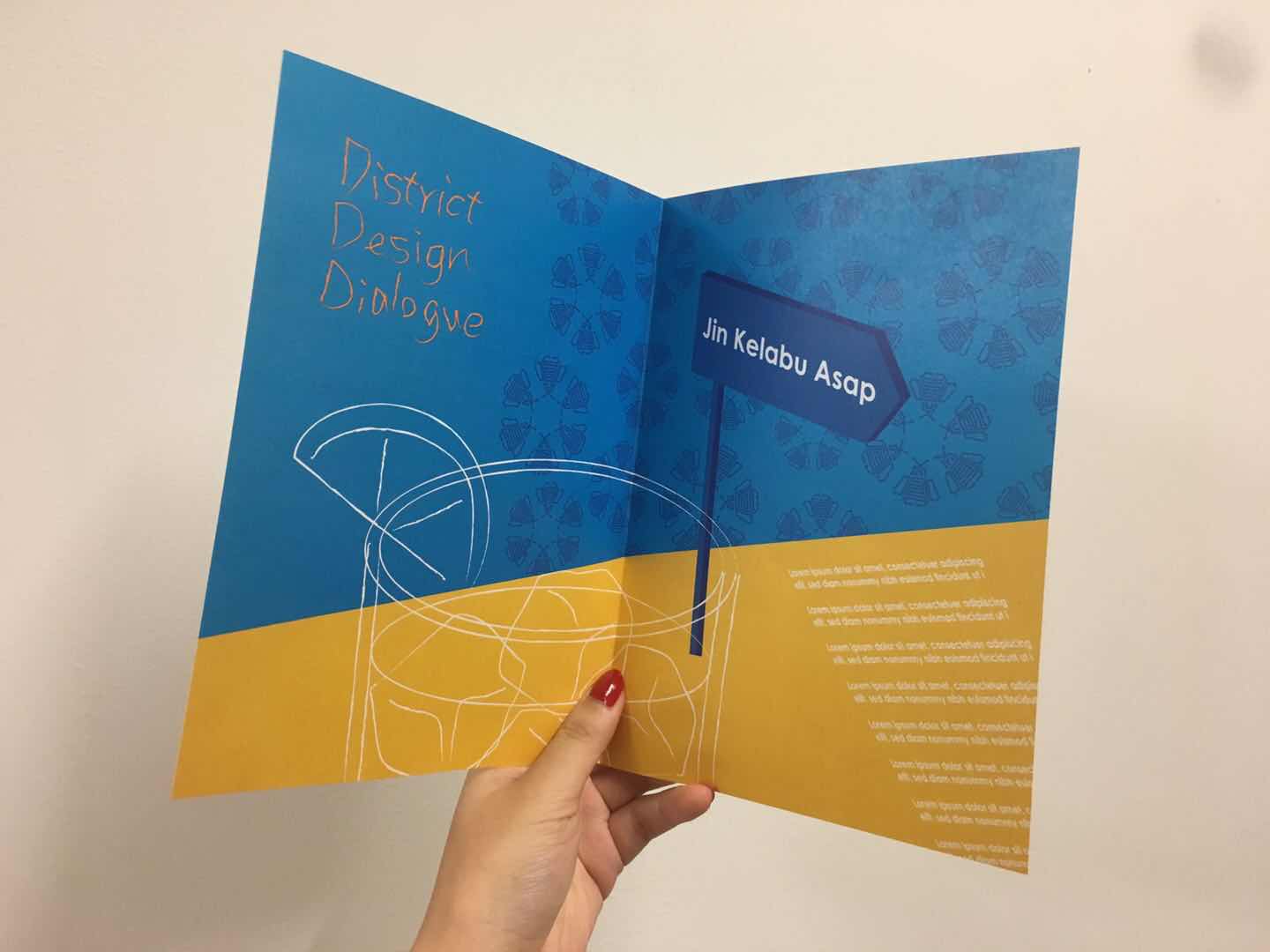Scandinavian Design Research
Scandinavian style always associates with the coziness at home, and Scandinavians enjoy the simple things in life. Hygge, the word that explains this phenomenon. It is the key part of Danish culture since the 1800s. This is probably the reason that Denmark is always at the top of the list of the world’s happiest countries. Hygge is a trendy practice around the world now as many are struggling with the fast-paced modern lifestyle.
The Scandinavian region in Northern Europe includes Iceland, Norway, Denmark, Sweden, Finland. There are only three months of summer and the rest of the year are dark and cold. The lack of sunlight led to the limitation of natural resources in Scandinavian countries. Hence, nature is highly appreciated by Scandinavians. Moreover, Scandinavian designers are willing to invest efforts and skills into the craftsmanship with their strong understanding of nature and respect for materials. The Scandinavians strongly believe that everyday objects should be simple, functional and beautiful which are able to enhance the quality of life physically and mentally. Scandinavians’ believe in moral humanist ethos can be traced back to Lutheranism, a major branch of Protestant Christianity which identified with the theology of a German friar, Martin Luther. Lutheranism seeks truth and season, and believe that salvation can be gained through honest work.
Poul Henningsen, one of the most passionate lighting designers. His work focuses on the relations between light structures, shadows, and glare. He claimed that “The aim is by working scientifically, to make lighting cleaner, more economical, and more beautiful.” His most iconic design, the multi-shaded lights to reduce the dazzling glare, the fundamental problem of the modern electric bulb. The light bounces off the shades and distributed equally, which create less harm to the eyes. This design reflected the equality in Scandinavian design, and how it prioritizes user’s experience.
Paimio Chair is also an example of humanism, designed by Alvar Aalto in 1931-32. It was designed for a hospital in Finland where he designed all the furnishings. The angle of the back was intended to help the patients to breathe more easily. He conducted experiments in bent wood as a softer, warmer and more humanist material as compared to steel. The two closed loops of laminated wood form the arms, legs, and a thin sheet of plywood. Similarly, the Armchair he designed used the same technique with the open end bentwood arm and legs. Both chairs allow the sitter to swing which reduced the tension while sitting. Further, the tea trolley design by Alvar Aalto was inspired by British tea culture, as Alvar Aalto had become familiar with through their traveling. Their admiration toward Japanese woodwork and architecture brings the Japanese belief in nature in their work. Japanese Shinto is similar to Hygge, Shinto’s goal is to be in touch with KAMI, means the spiritual energy. Japanese Shinto believes the spirits exist in nature, in the mountain, trees and etc. Therefore, natural materials are well respected and appreciated. Another example of Alvar Aalto’s design is the Stacking Stools for Artek designed in 1929-30. This design and the experiment with the bent legs was influenced by his meetings with various members of the Bauhaus design school. Unlike other chairs, it was designed for the community instead of an individual. The minimal three leg design keeps the stool simple yet with a strong support. The stools seem to be a sculpture when they are stacked together with the spiral form. The legs can be unscrewed for flat packing. The combination of functionality and beauty could be seen clearly in through this design.
One of the most important figures of Finnish Design, Wirkkala’s work embrace the traditional processes of Finnish handcraft, and the emotionally seductive forms found in nature. In his work, for instance, Kantarelli vase(1947), Laminated birch platter(1951), Iceberg Vase(1951), and Apple vase (1955) showed his ability to capture the spirit of flower, leaves, ice, and apple.
One of Denmark’s most successful architects, Arne Jacobsen, had the idea to be involved in the design throughout the entire SAS Royal Hotel, from the exterior to The iconic Swan and Egg chairs, and the stainless-steel cutlery used in the restaurant. SAS Royal Hotel was opened in 1960. It was the highest building in Scandinavia during that time, and also the world’s first design hotel often called the ‘total work of art’, which reflects the Scandinavian design that user’s experience is the priority.
Ingvar Kamprad, the founder of IKEA, who believes that “people not as well off should be given the same opportunities as those who are.” In 1959, he introduced the first flat-packed design, The Regal bookshelf, then modular thinking. Later on, IKEA’s iconic furniture, Poang Chair was designed by a Japanese designer Noboru Nakamura. He was probably inspired by the Armchair designed by Alvar Aalto, as the two design has the similar structure that the arm and legs form open U shape. Noboru Nakamura believes that “A chair shouldn’t be a tool that binds and holds the sitter; it should be a tool that provides us with emotional richness. This chair creates an image where we let off stress or frustration by swinging. Such movement has meaning and value.”
Lastly, Hans J. Wegner, the Danish designer who focus on not only the physical but also the emotional connections between the users and the products, by simplifying the form and construction. The uniformity and lightness of his three-legged shell chair design create the sense of calmness. The compression-molded veneer curvy back and seat gives the sitter extra comfort. The three legs design achieve the simplicity and stability. The design of this chair is appealing from all angles. functionality and natural beauty. Moreover, his Y-shaped back wishbone chair requires more than 100 operations to manufacture mostly by hands. The paper cord woven seat takes a skilled craftsman about one hour to create.
All in all, the characters of the products mentioned above reflects the beliefs of Scandinavian design Hygge which functional honesty, sensual purity, naturalism, and sense of joy and well being regardless of the manufacturing method. Nothing is concealed, what you see is what it is, and it is simply doing its job. Also, the Scandinavians designers share the same value, that they care about the user’s physical and emotional satisfaction. They were passionate about creating objects people want to have and love. They are creating moments of feeling at home. They committed to the quality with high knowledge of materials, and attention to the user. They build designs that last for decades.
My Thoughts
During this research, I dived deeper into the style that I always admire beyond the lines and shapes. The humanism in the Scandinavian design is the beauty that machine and technology cannot replace. It made me rethink my role as a designer. In the past, people were greatly influenced by religions, for instance, Lutheranism which seeks for the truth, honesty, nature and etc., thus, the objects were designed to follow those principles. Products were built with quality, honesty and built to last. Today, many might believe in Monelisim (belief in Money, a word that I just made). Success and quality of life were measured by wealth. Products were judged by its monetary value. People expect to get things done fast, and instantly which is against nature. It takes time for trees to grow, wastes to degrade and relationship to be built. Perhaps we could slow down for a while, have a cup of hot chocolate and think about the value that we are losing overtime.
References
https://www.1stdibs.com/furniture/lighting/chandeliers-pendant-lights/poul-henningsen-ph-5-light-pendant/id-f_7004003/
https://www.moma.org/collection/works/92879http://www.moma.org/d/c/exhibition_catalogues/W1siZiIsIjMwMDA2MjcxMyJdLFsicCIsImVuY292ZXIiLCJ3d3cubW9tYS5vcmcvY2FsZW5kYXIvZXhoaWJpdGlvbnMvMTc5MiIsImh0dHA6Ly93d3cubW9tYS5vcmcvY2FsZW5kYXIvZXhoaWJpdGlvbnMvMTc5Mj9sb2NhbGU9ZW4iXV0.pdf?sha=d88f220a94b32471
https://www.radissoncollection.com/en/royalhotel-copenhagen/destination/the-history-of-the-iconic-royalhotel
https://www.radissoncollection.com/en/royalhotel-copenhagen/destination/the-history-of-the-iconic-royalhotel
https://www.radissoncollection.com/en/royalhotel-copenhagen/destination/the-history-of-the-iconic-royalhotel
